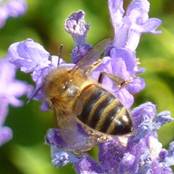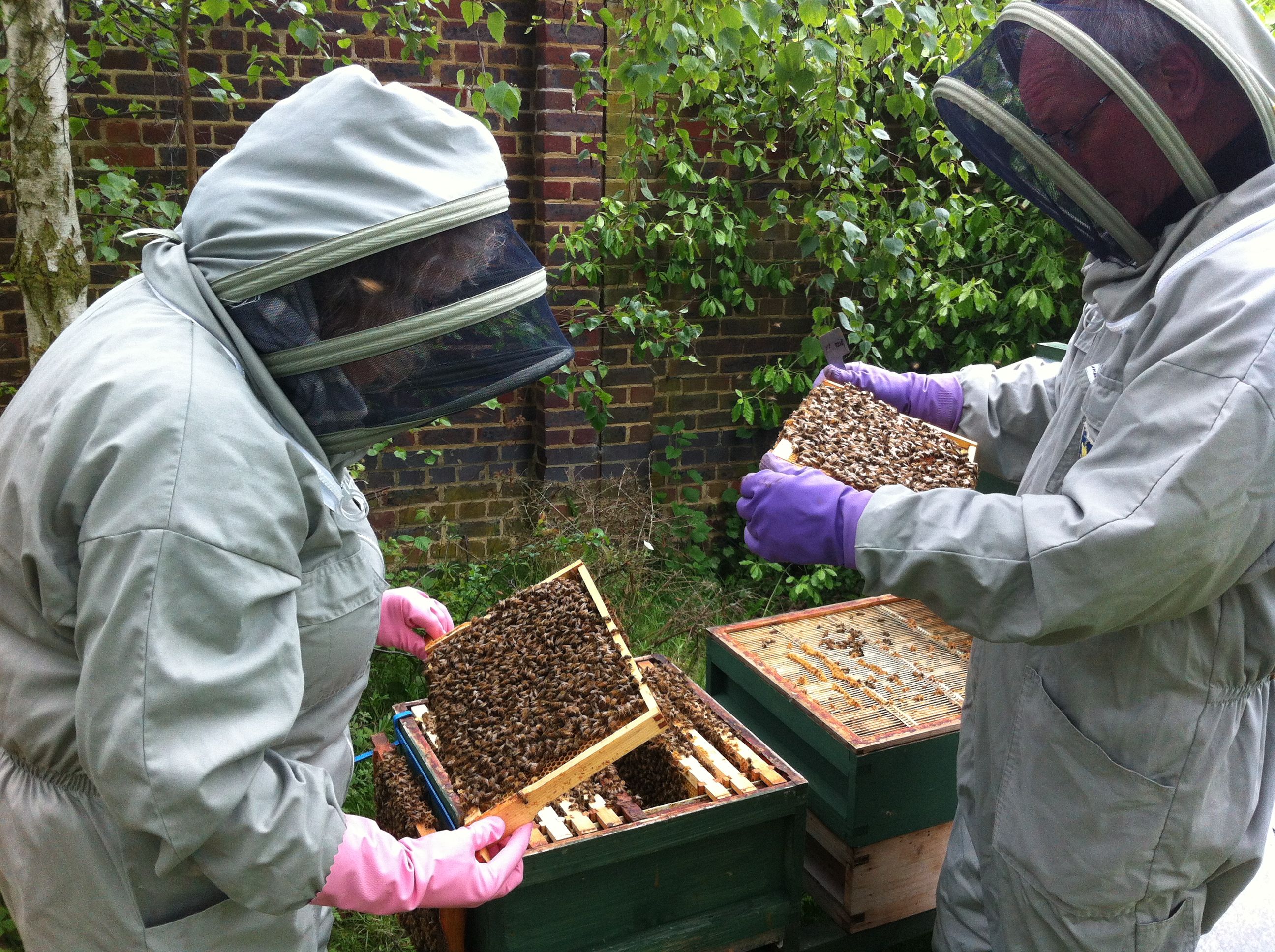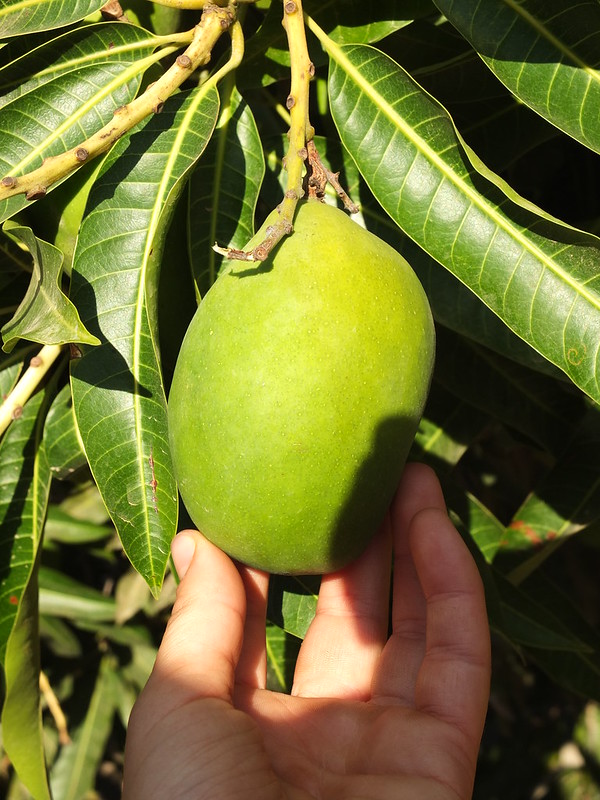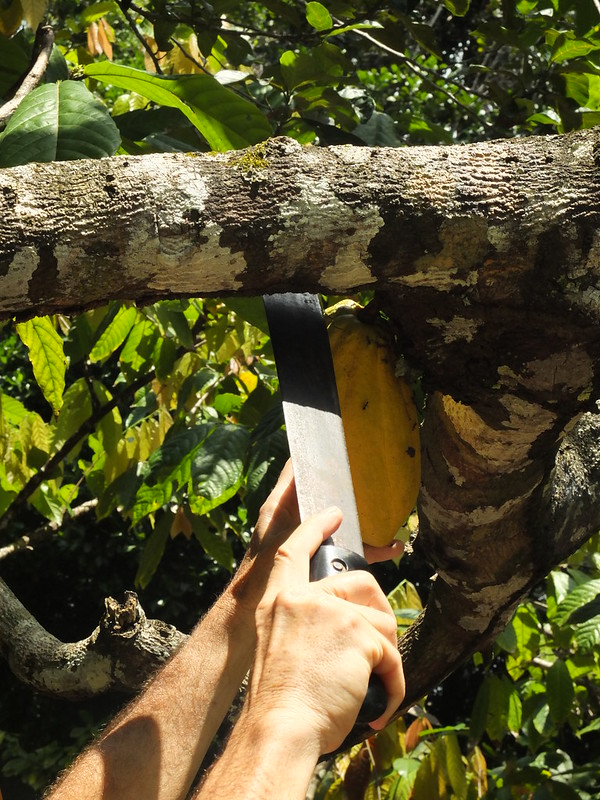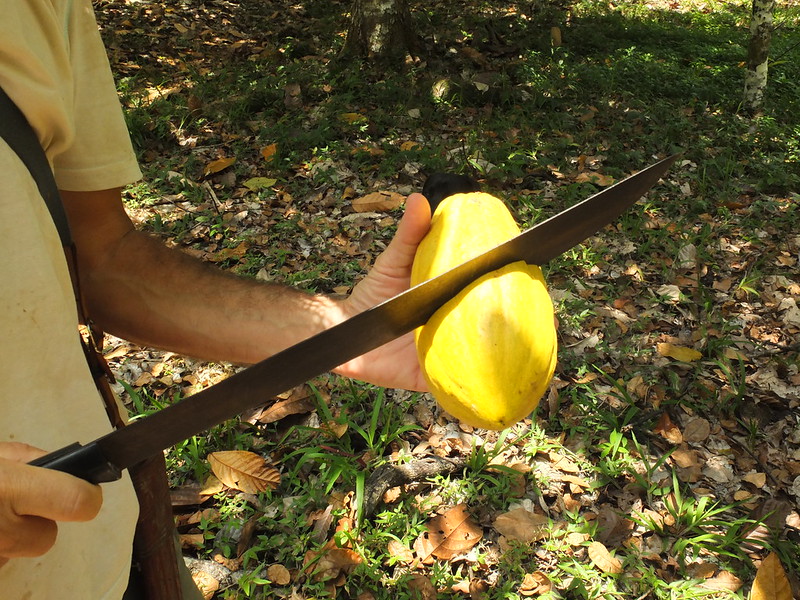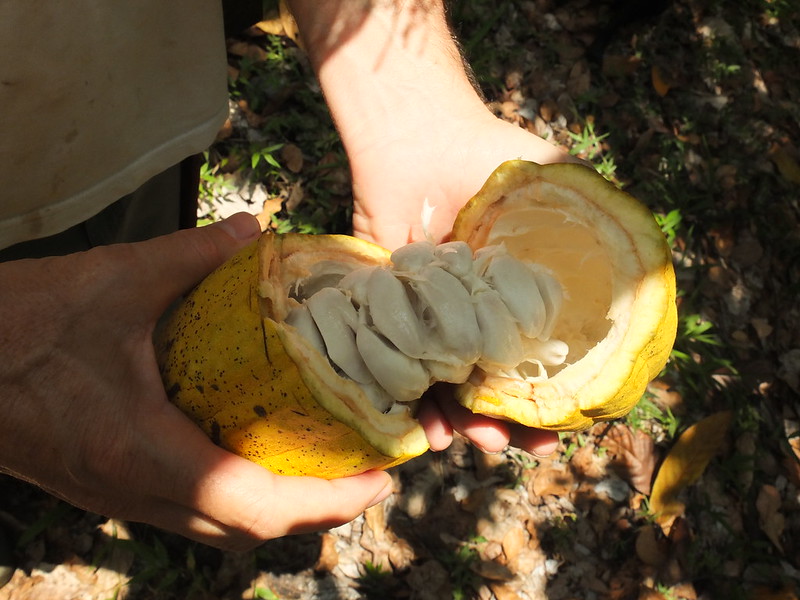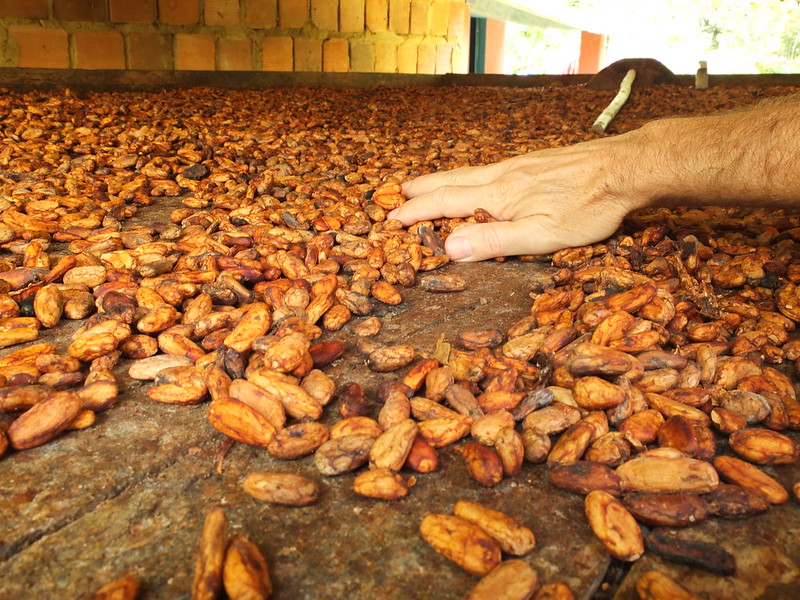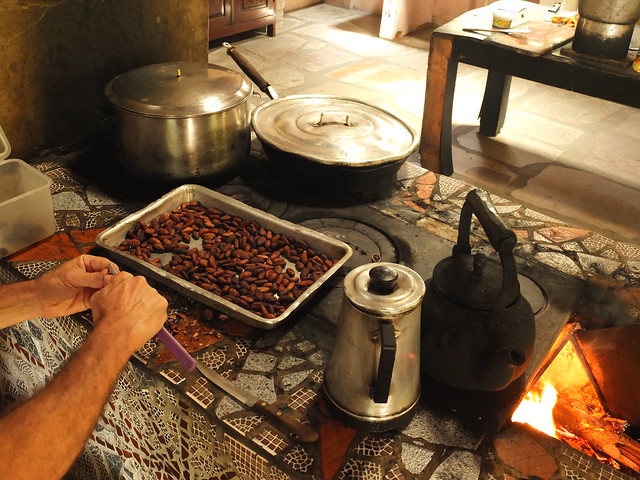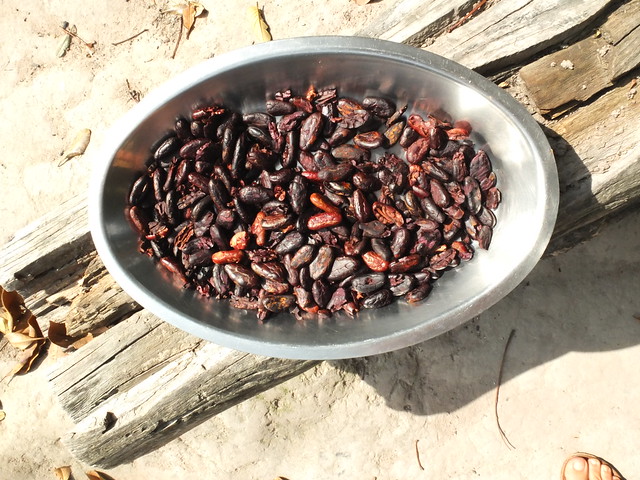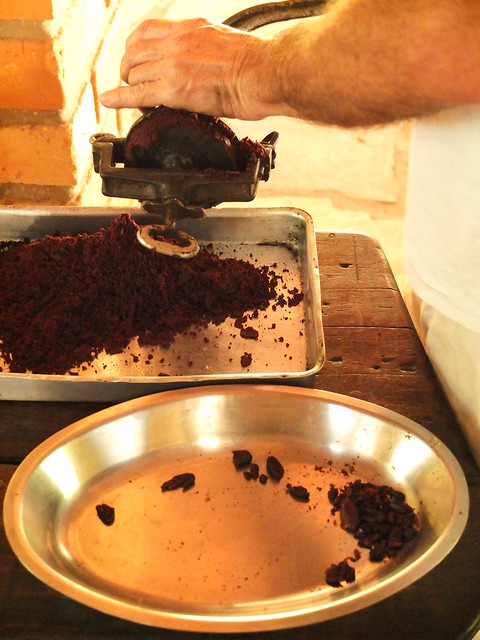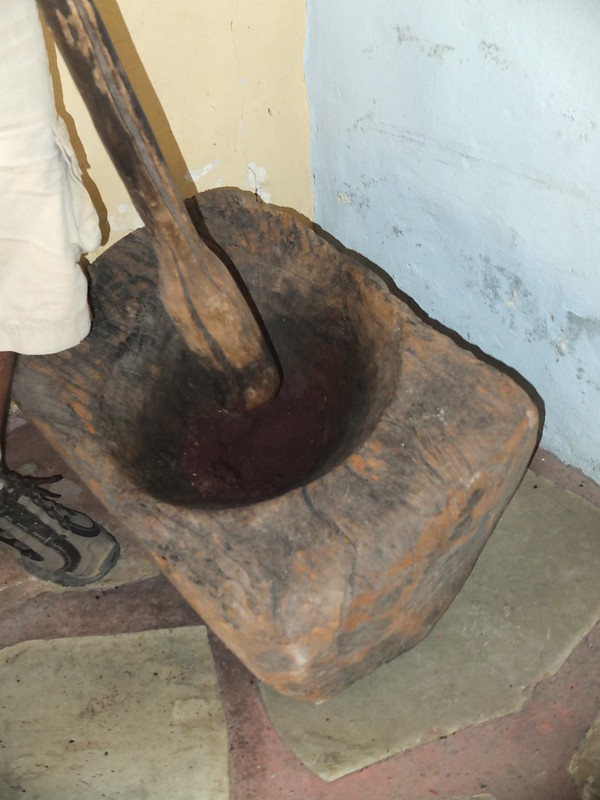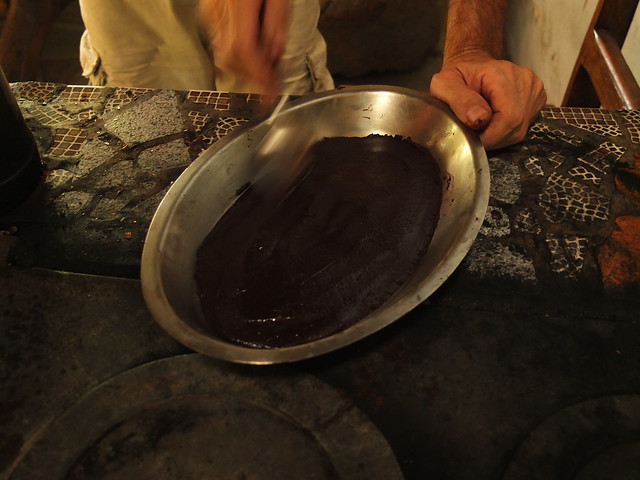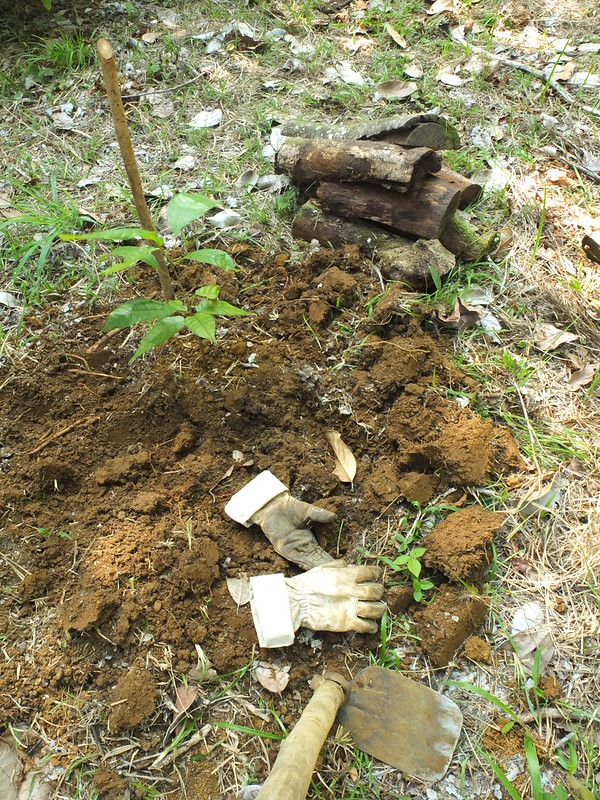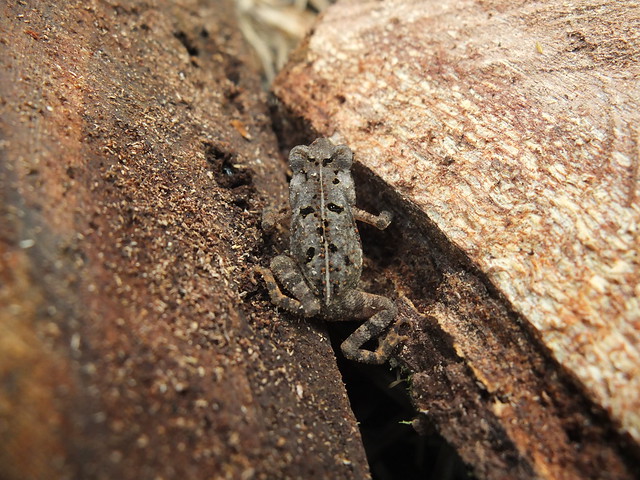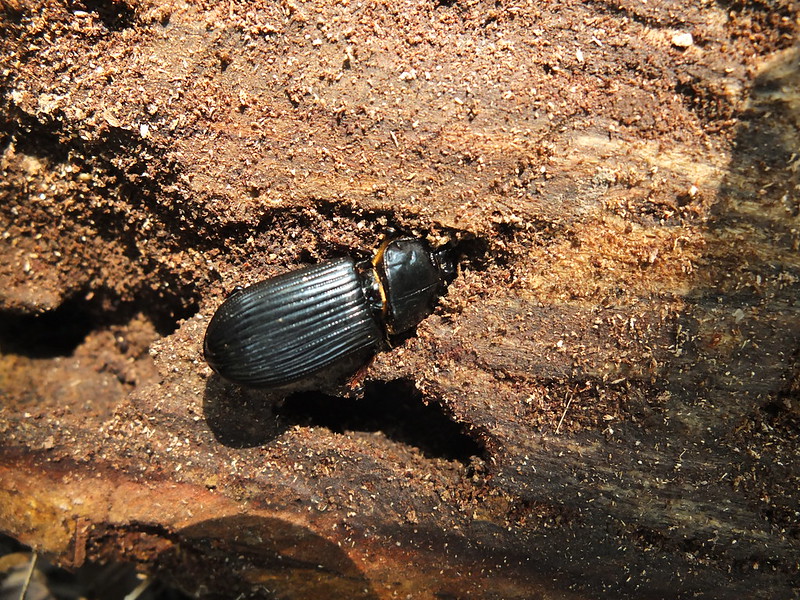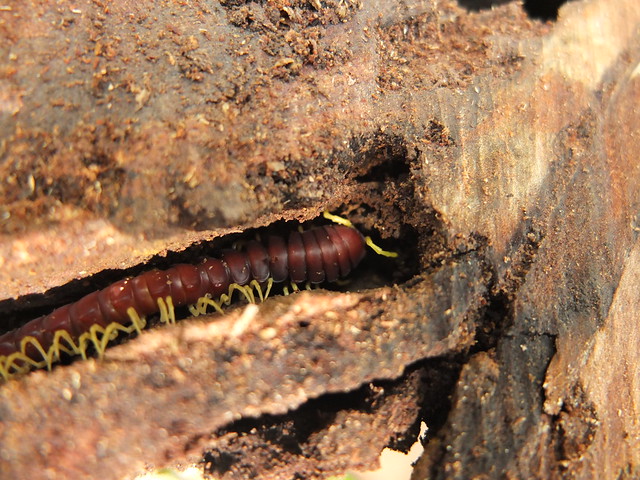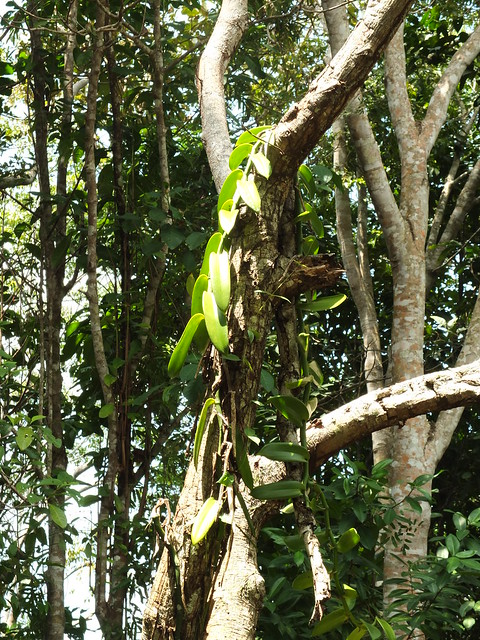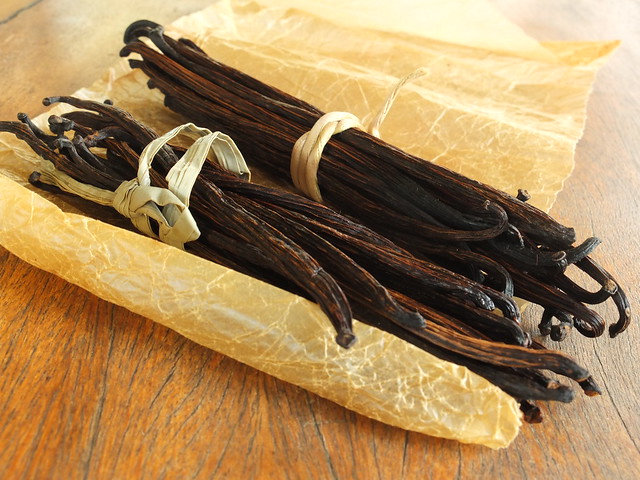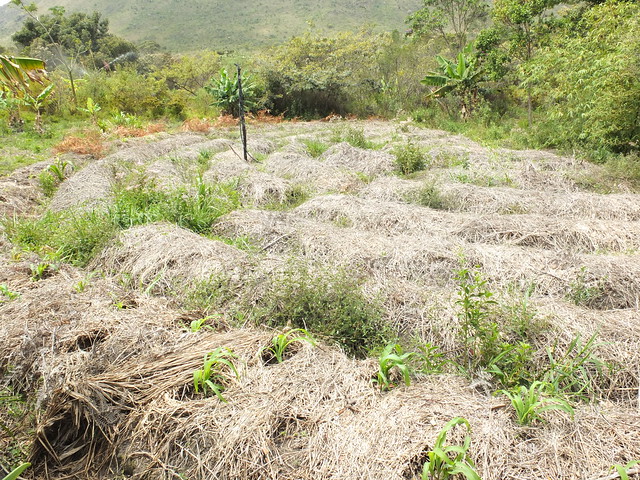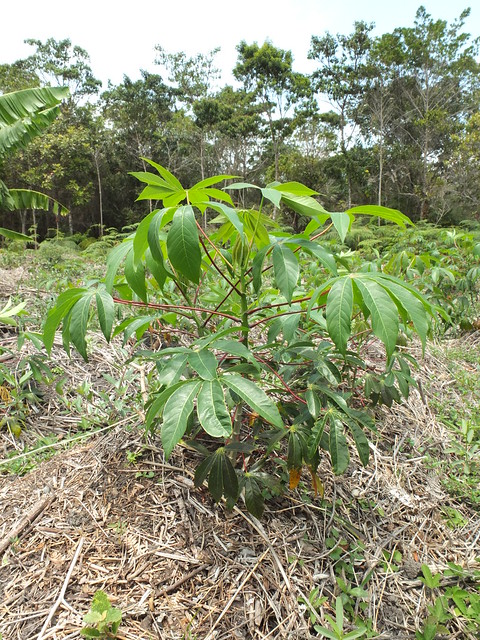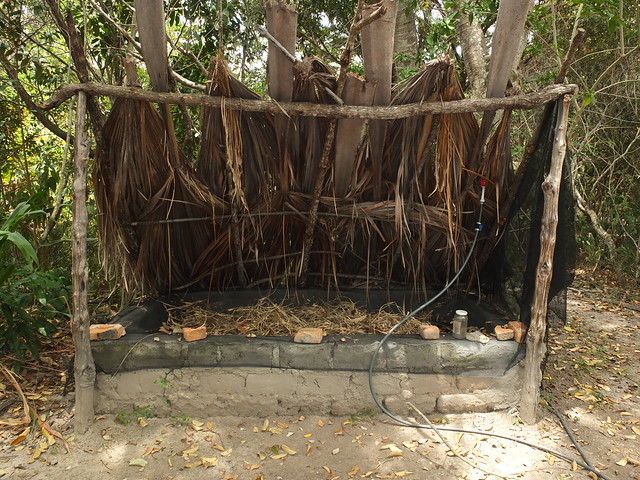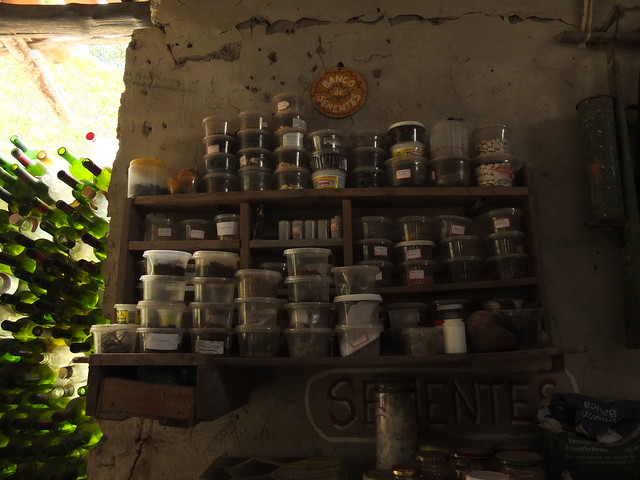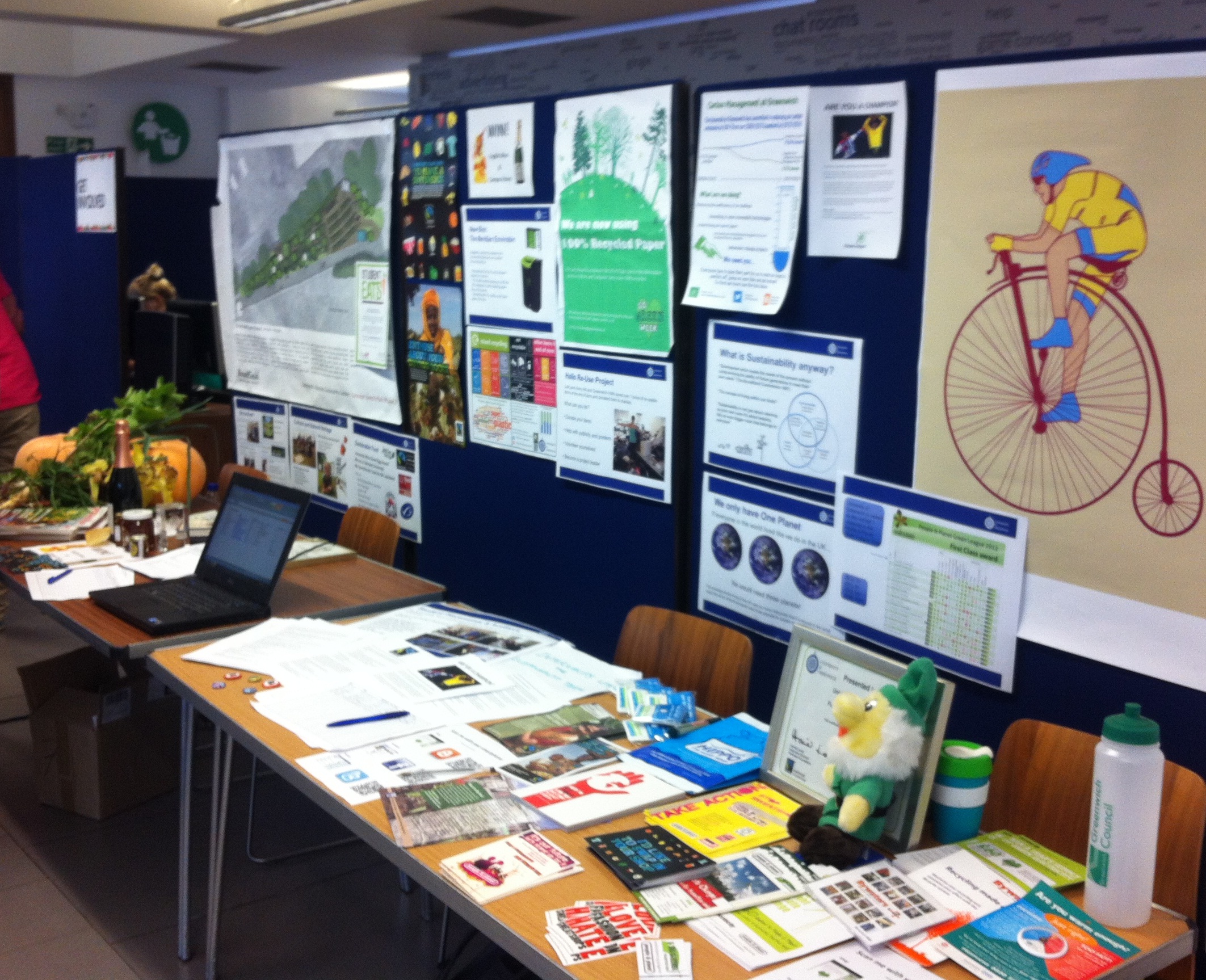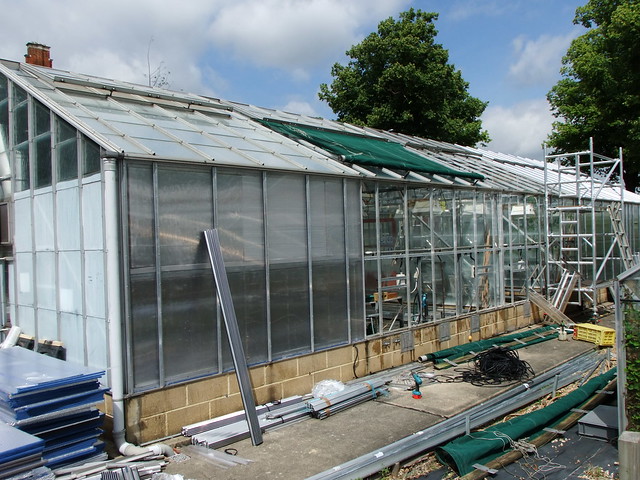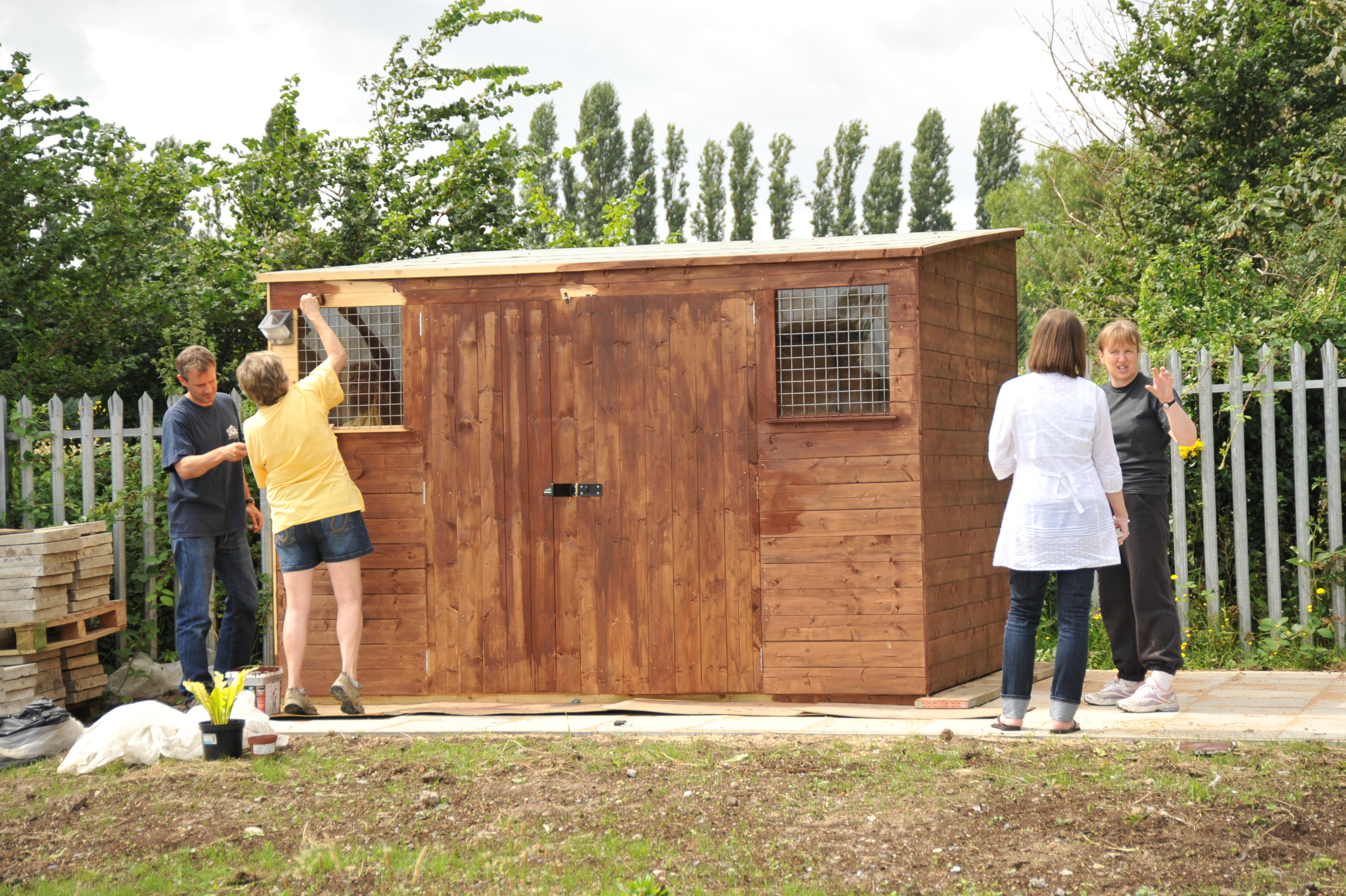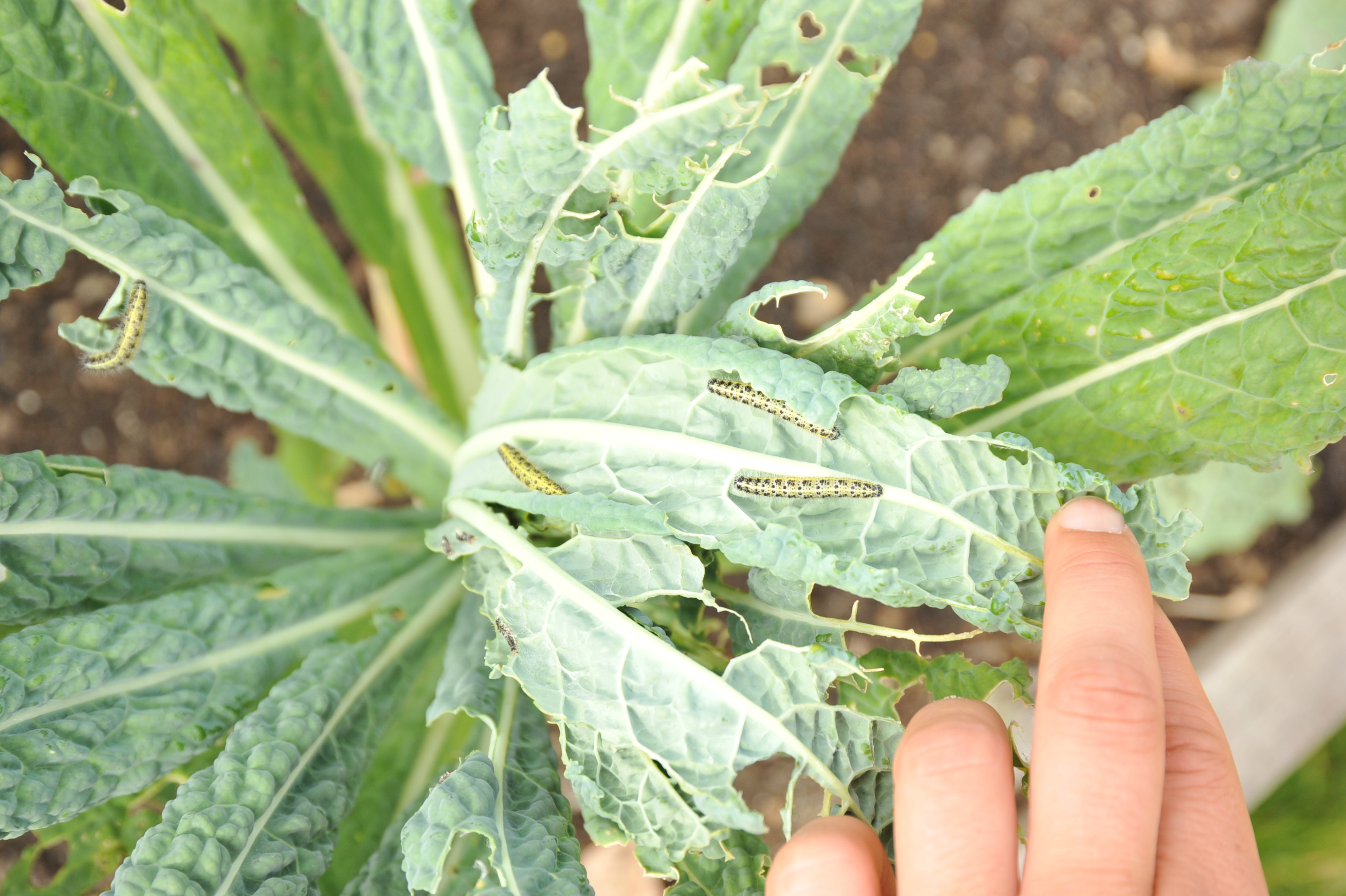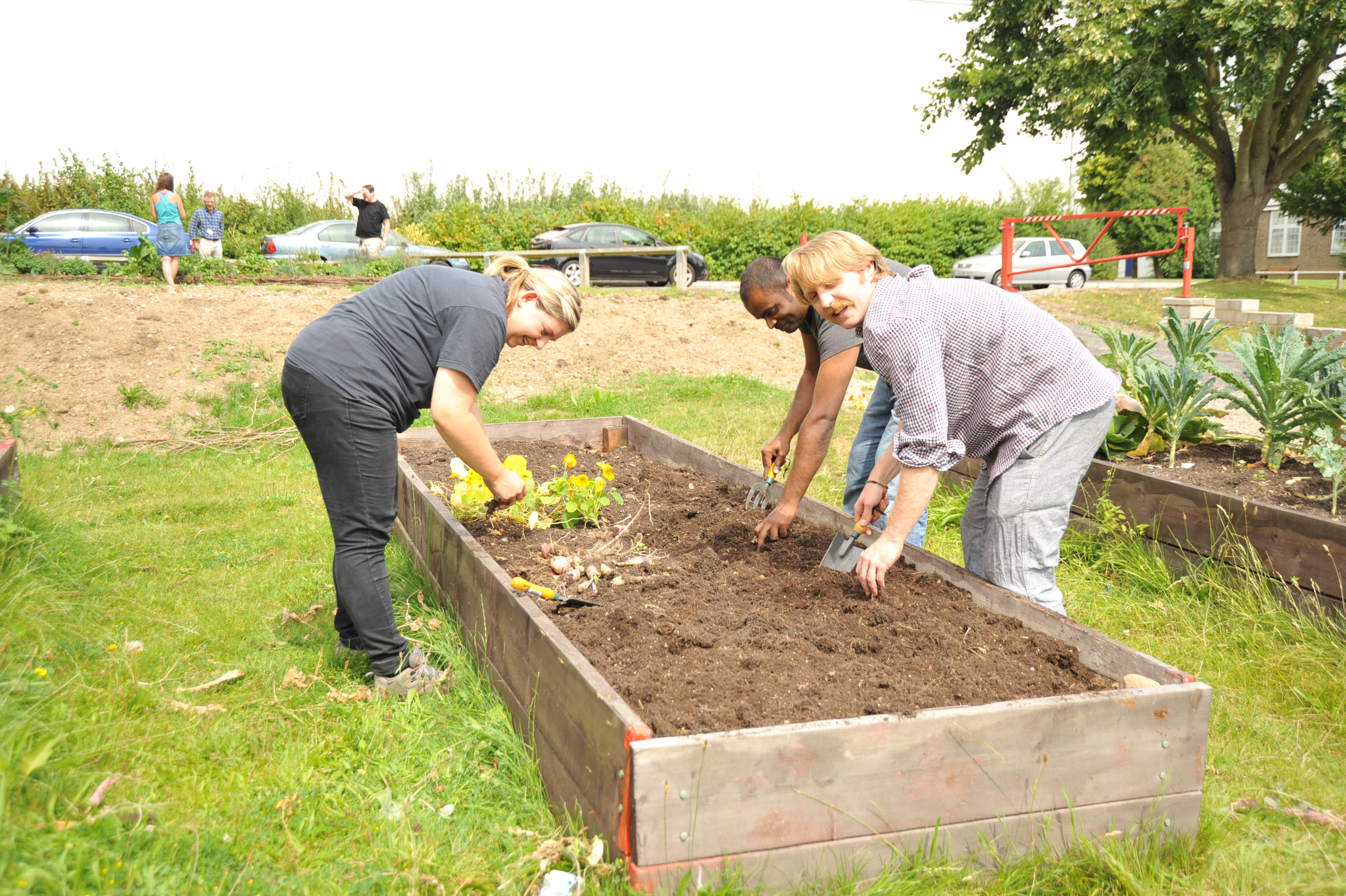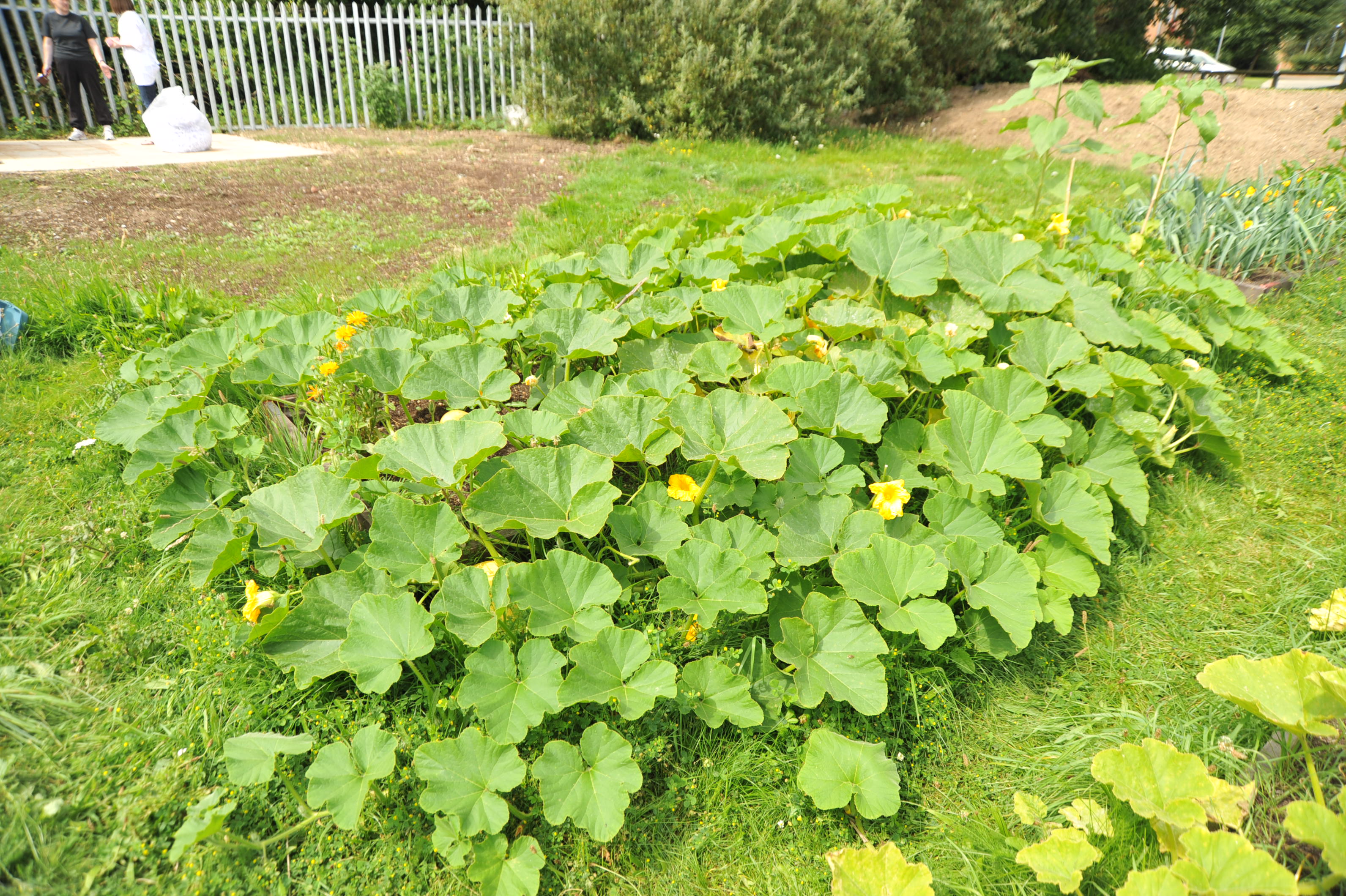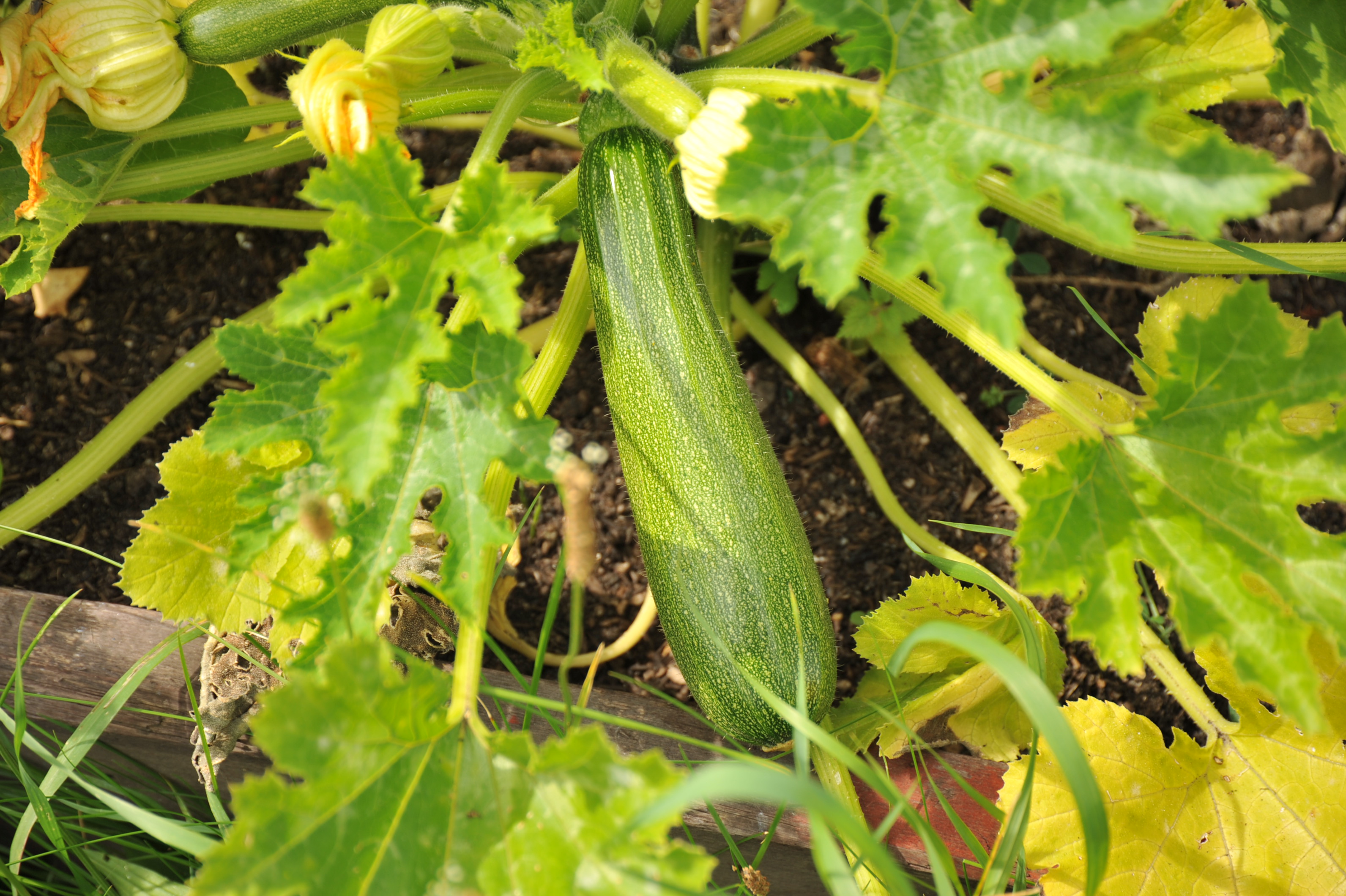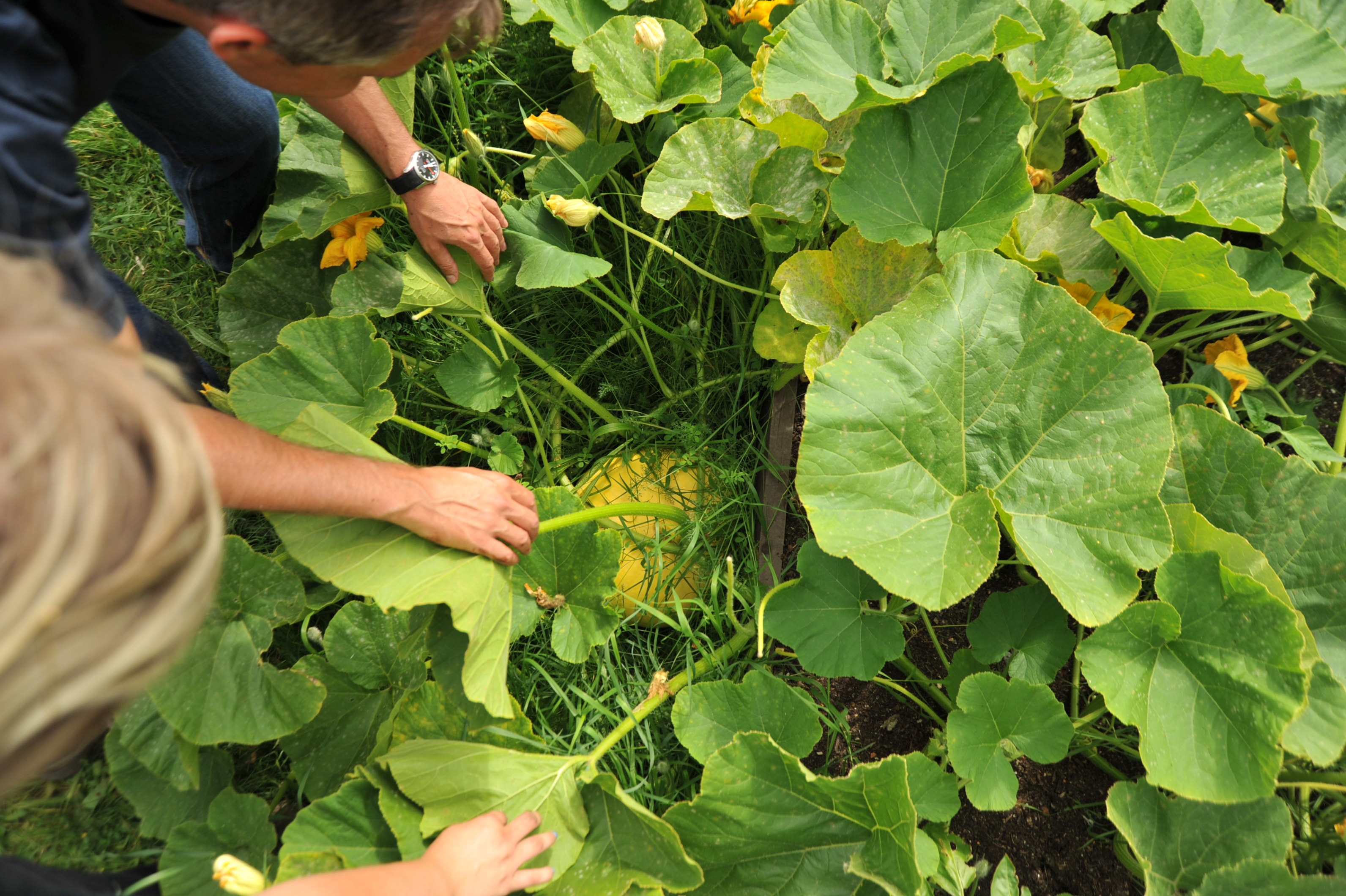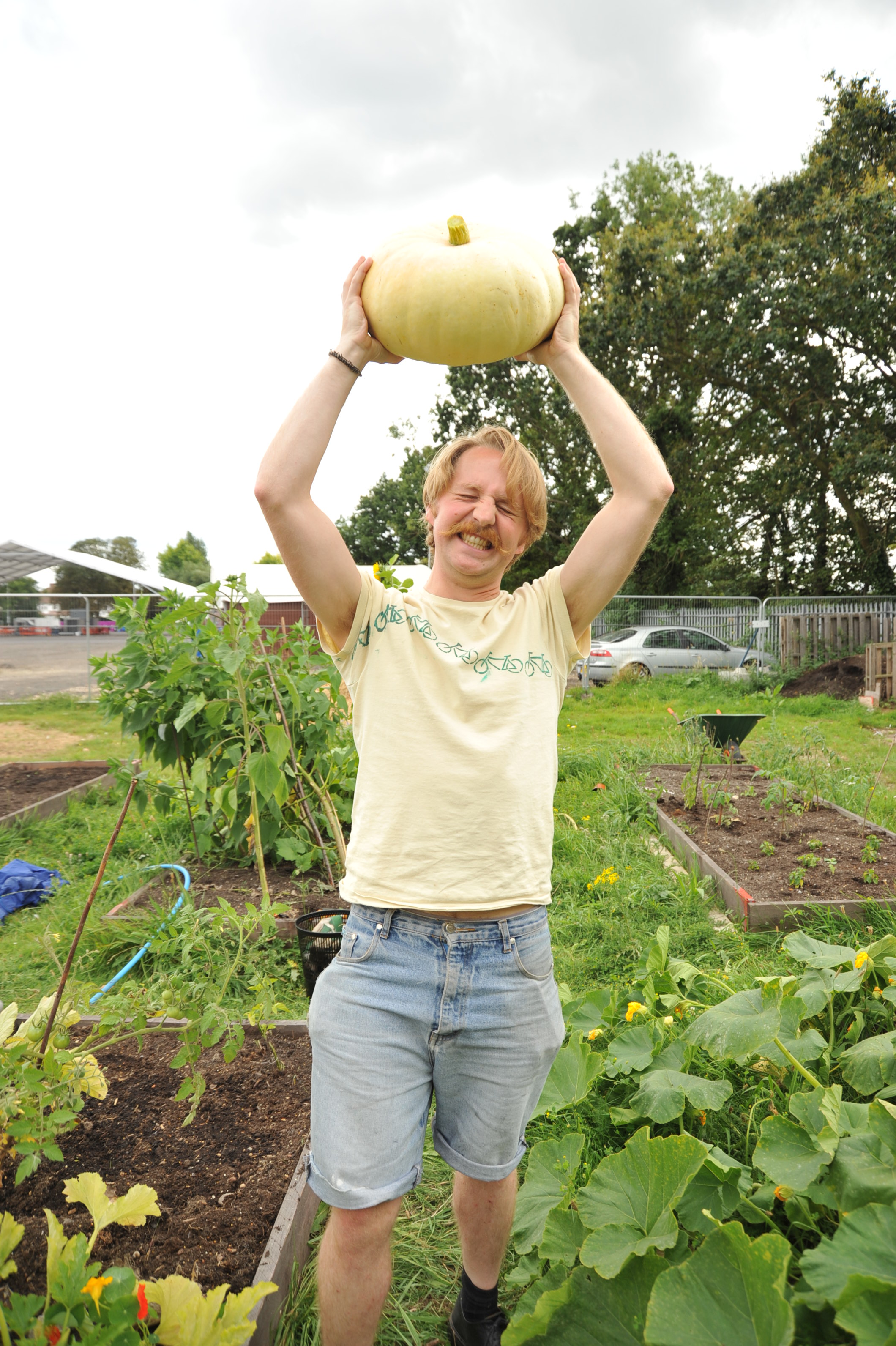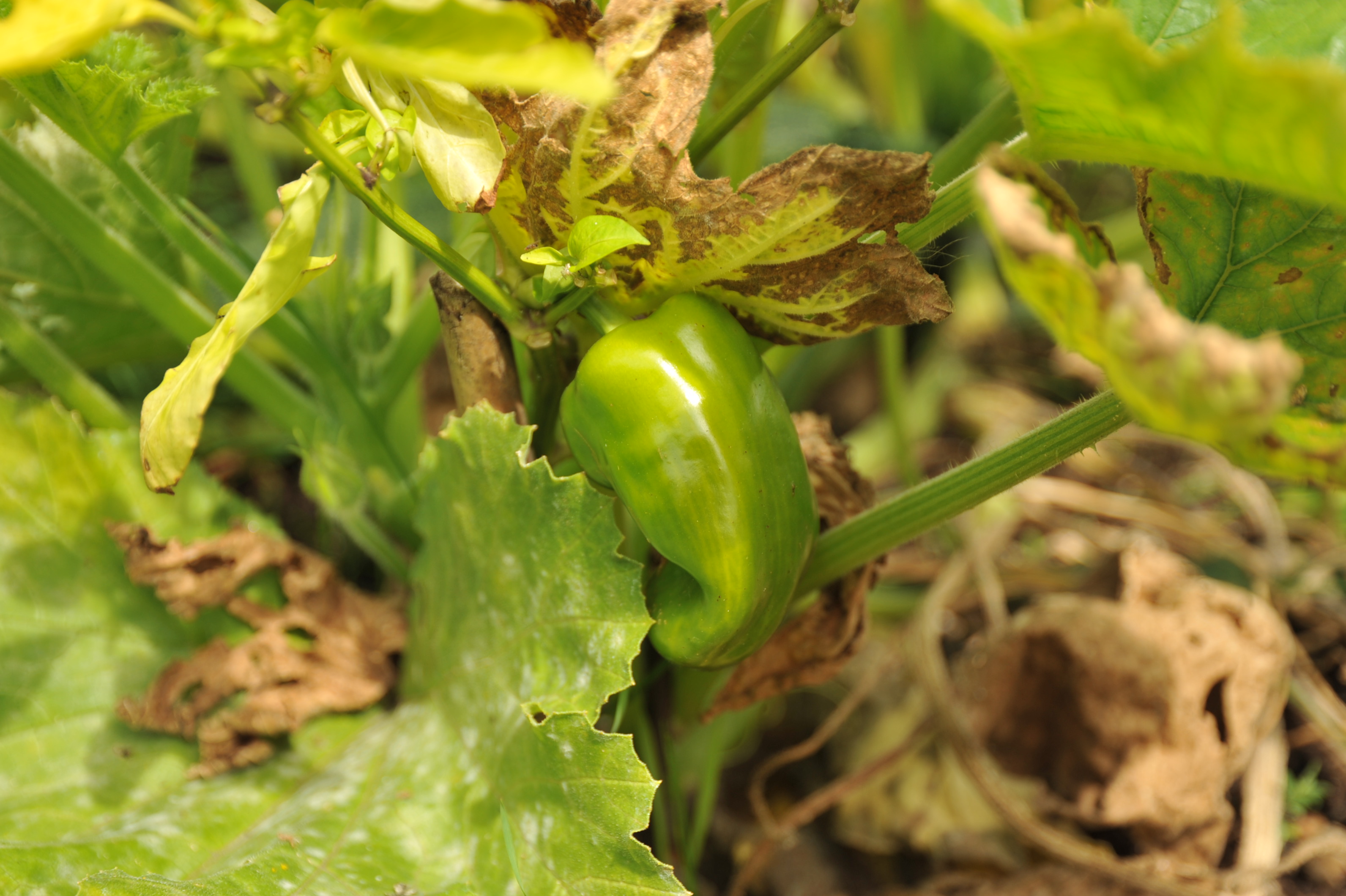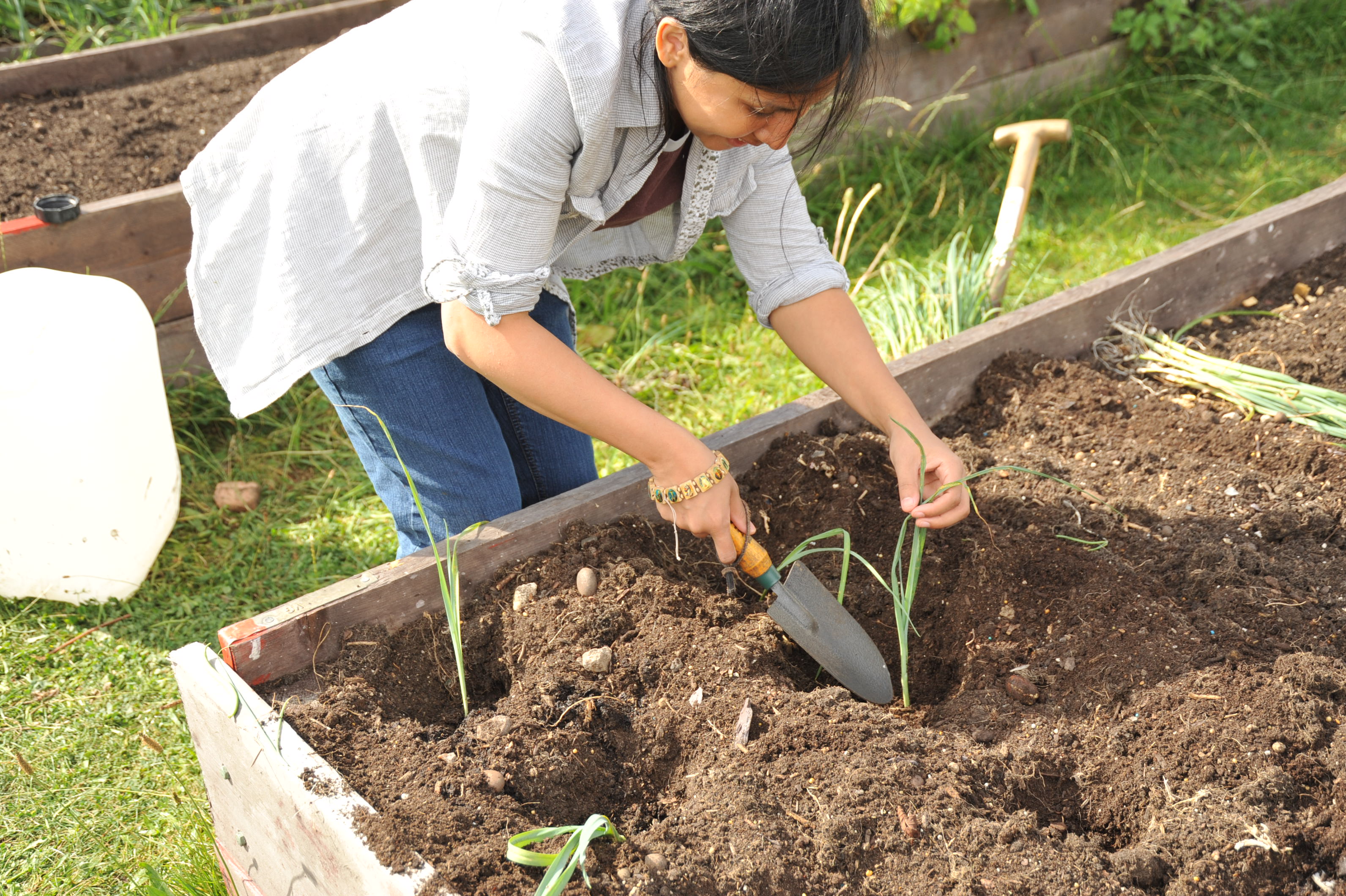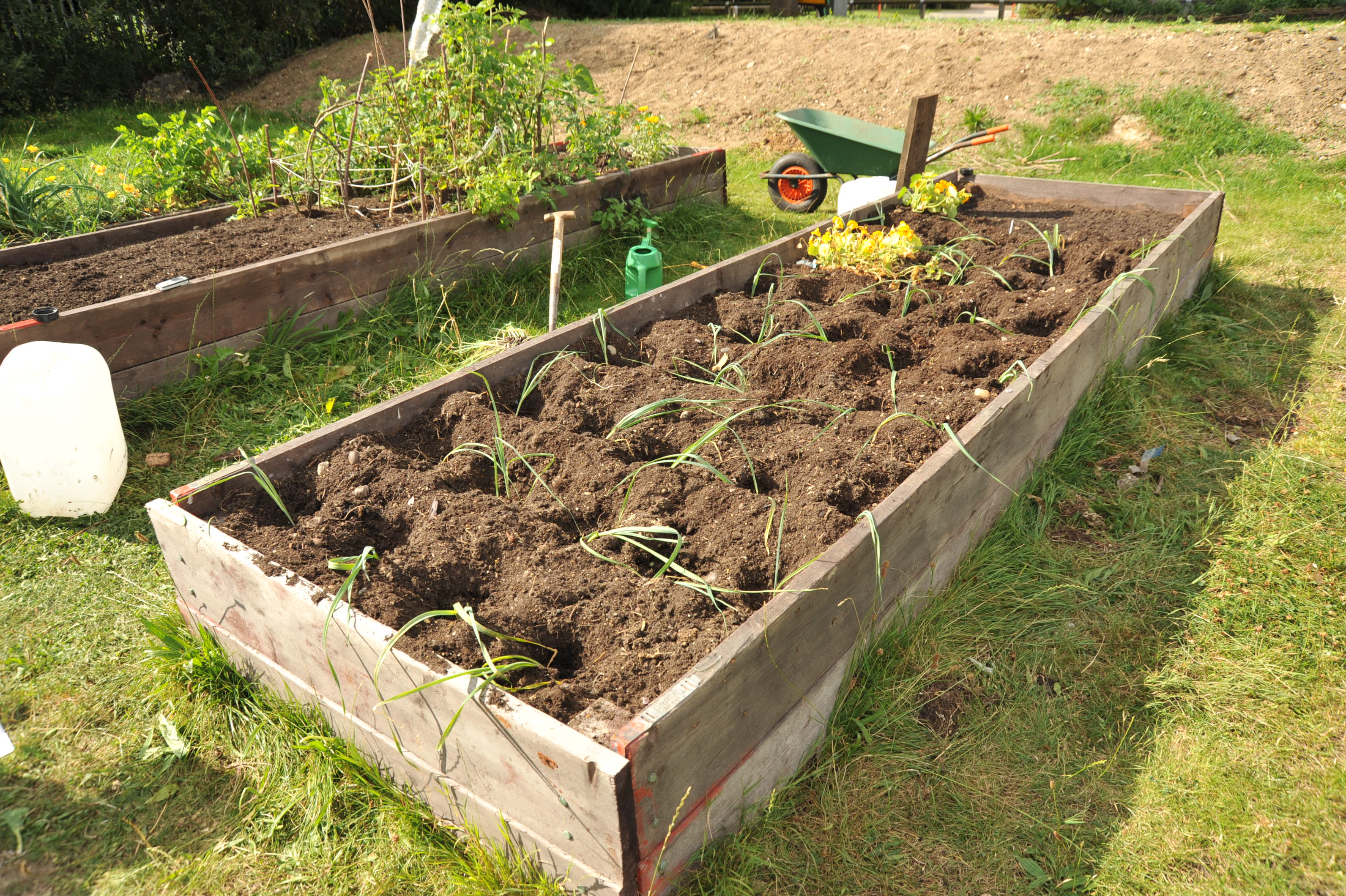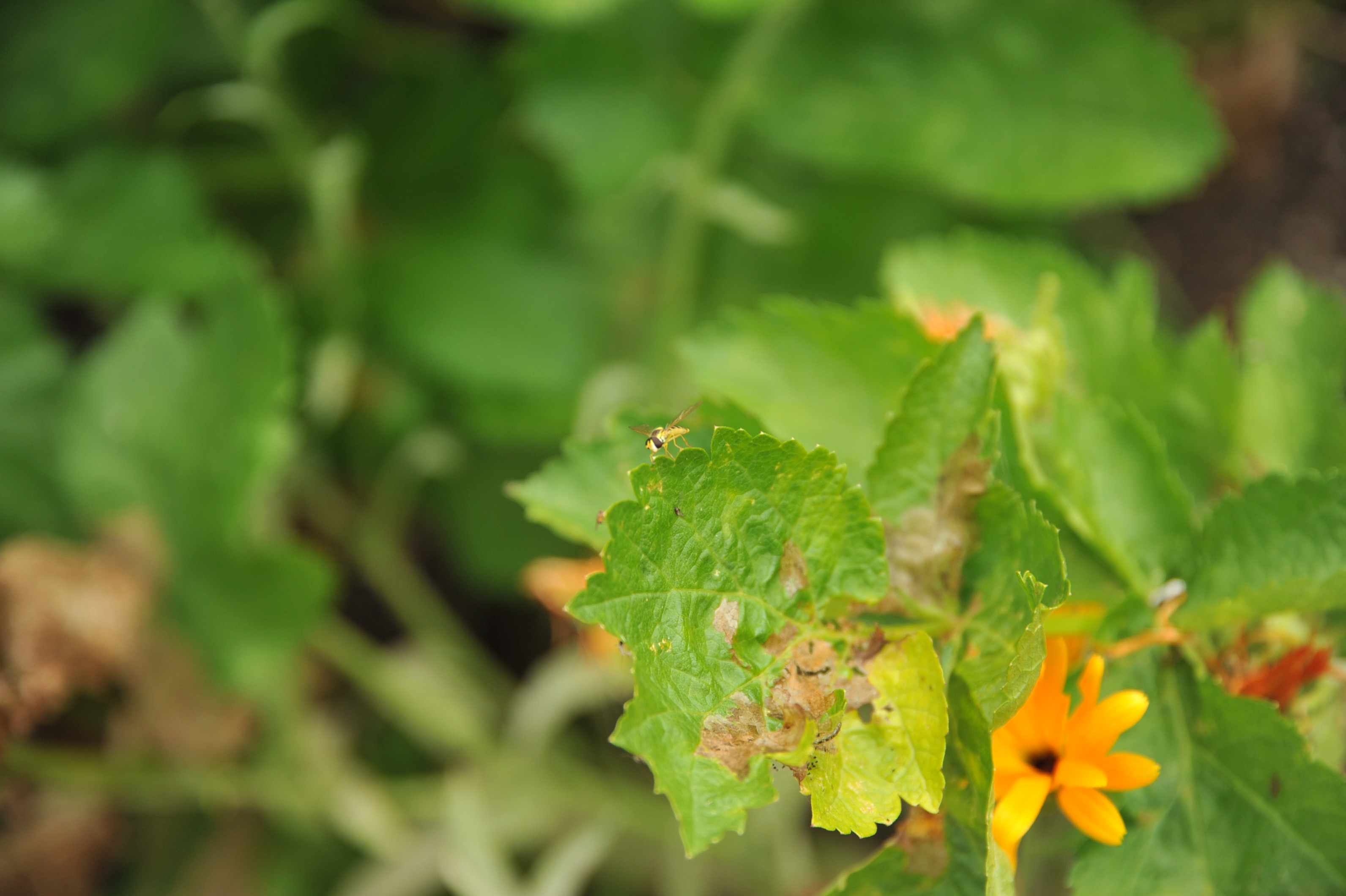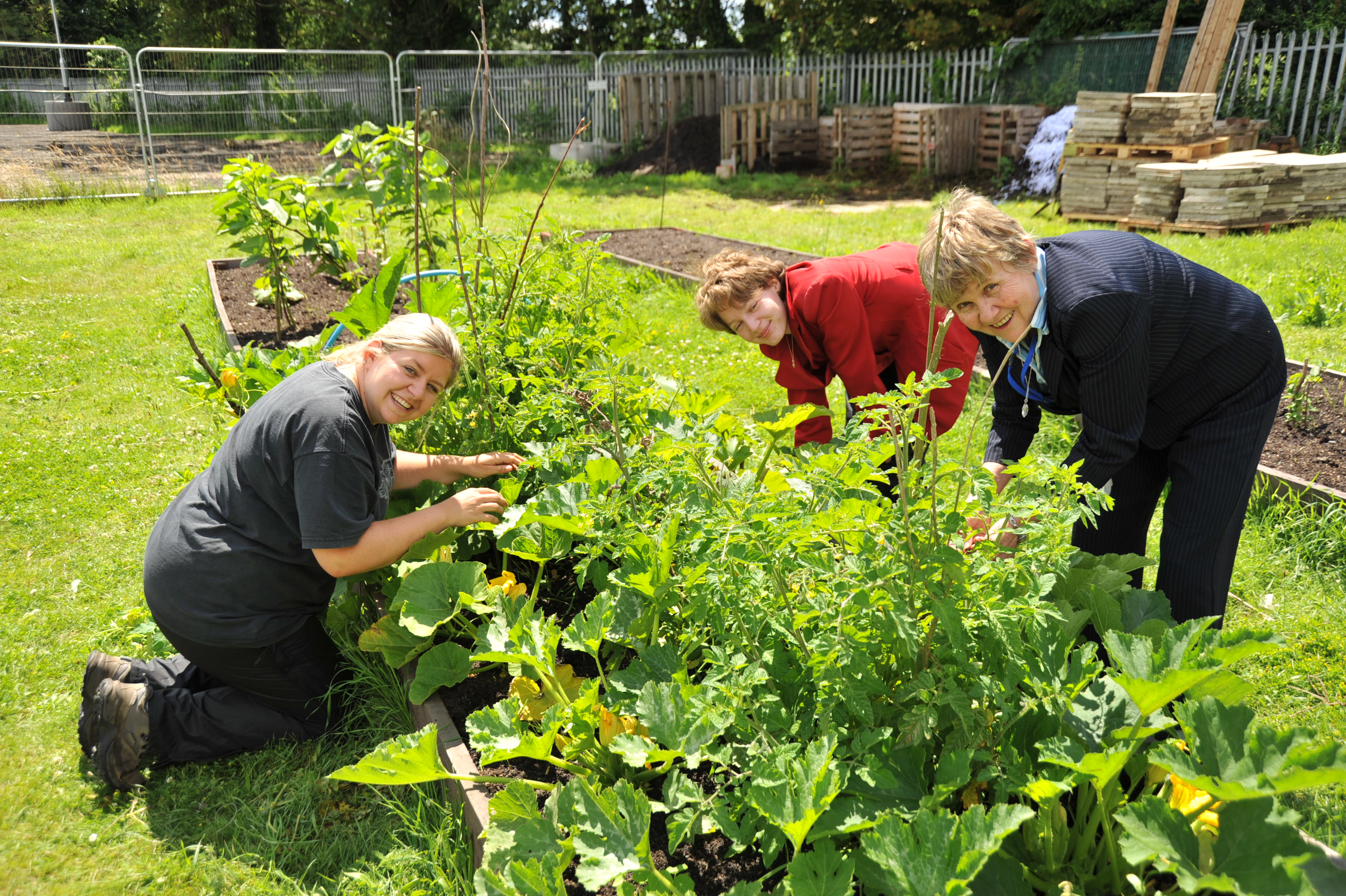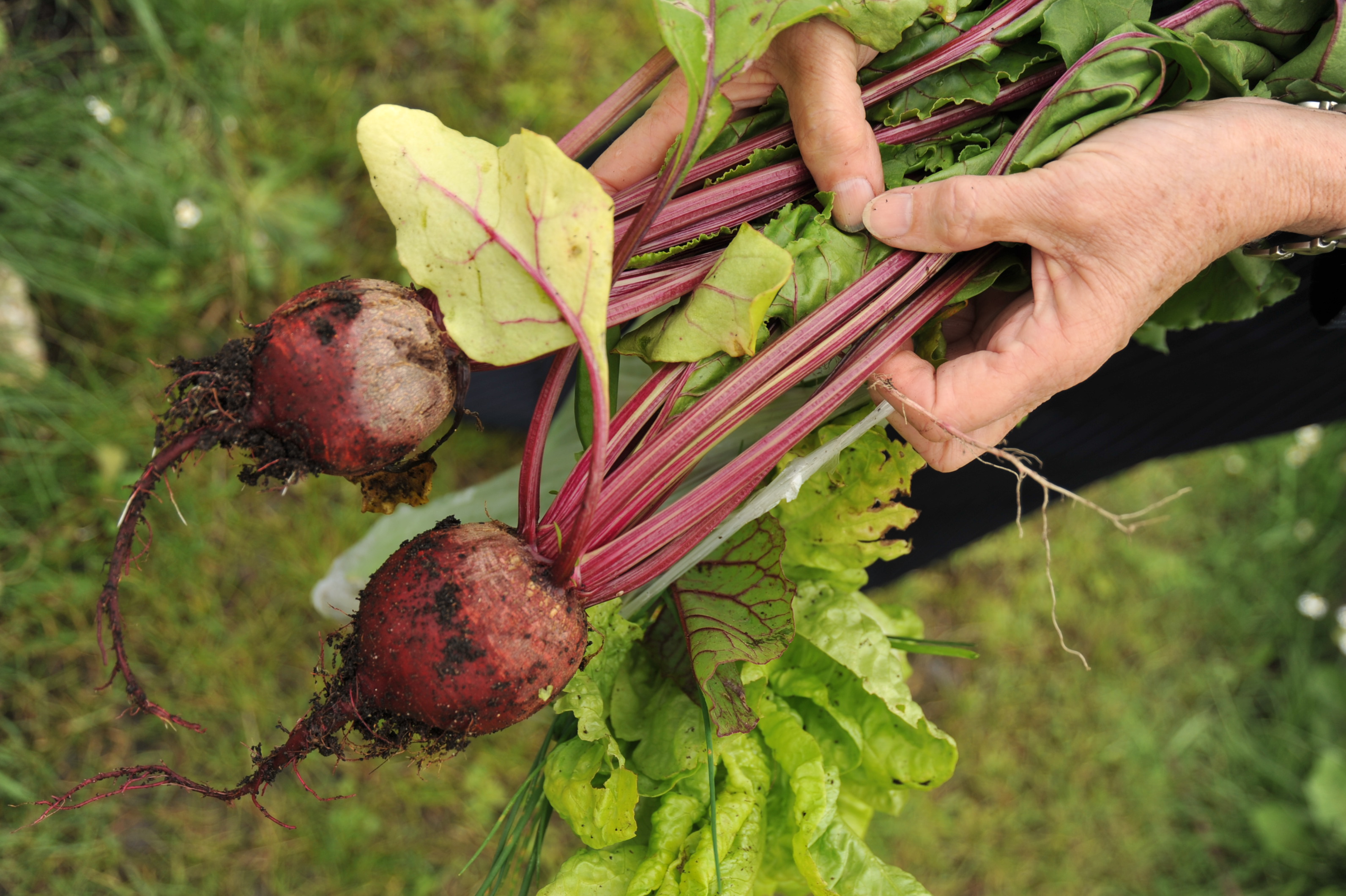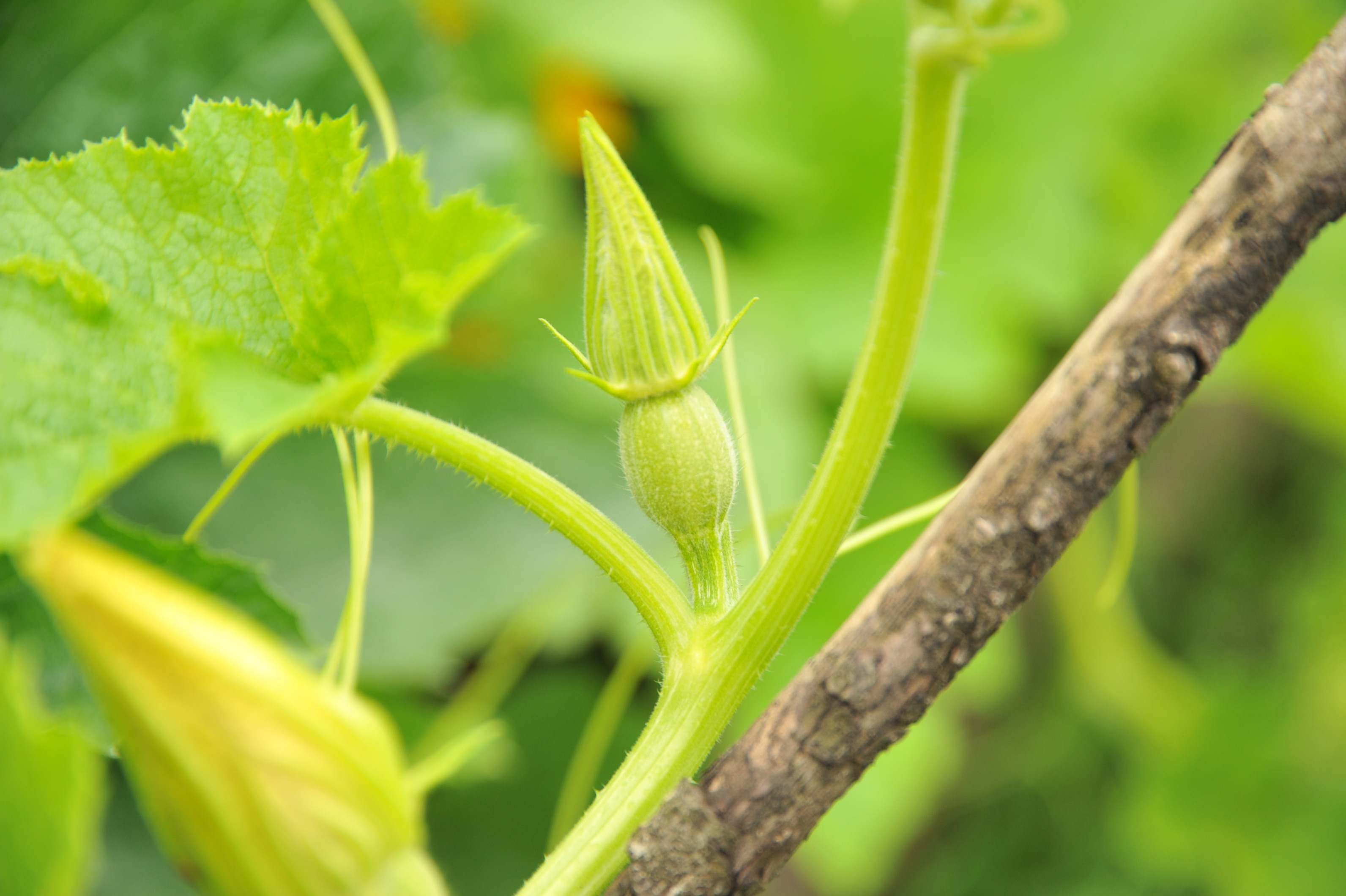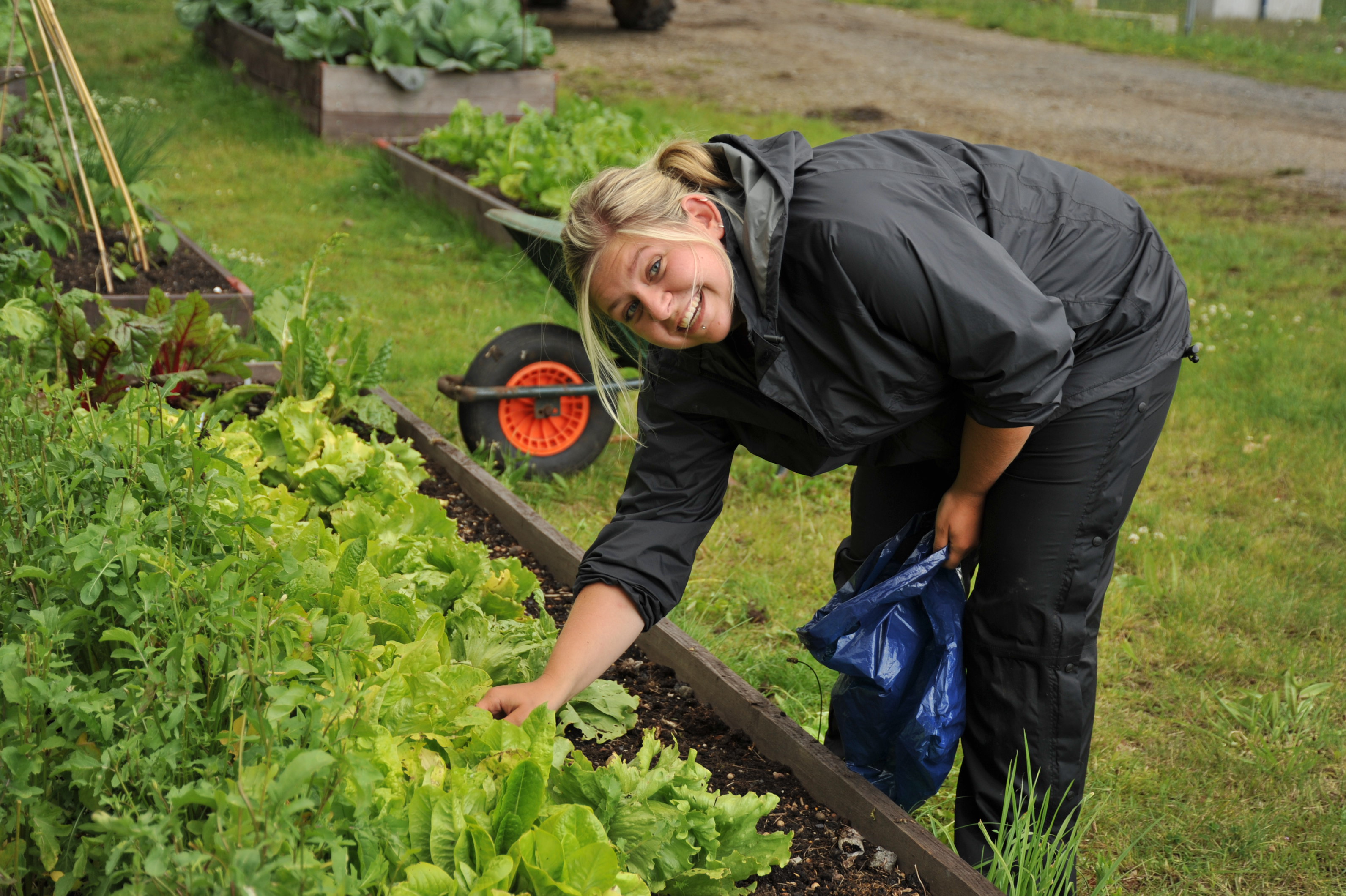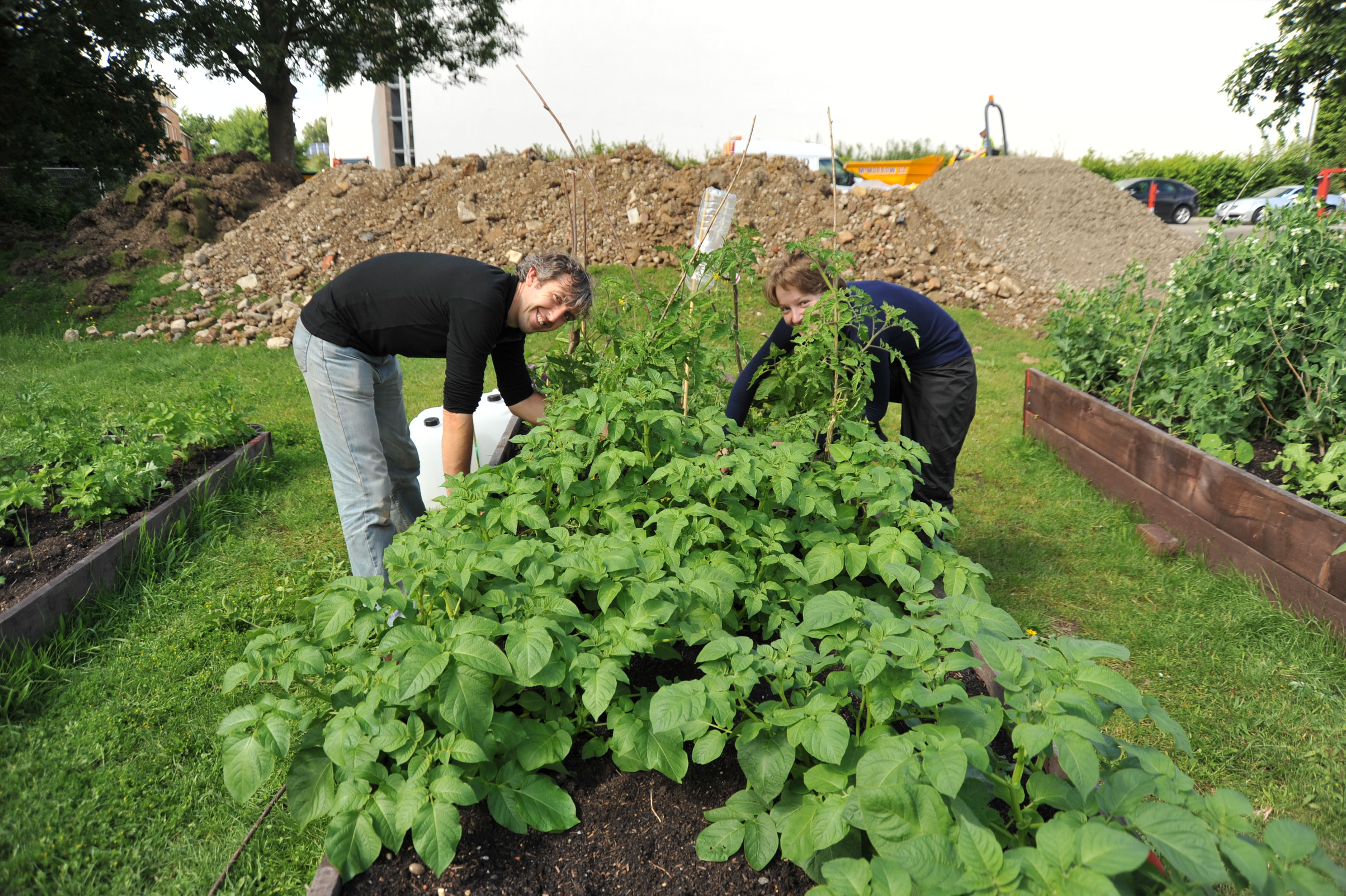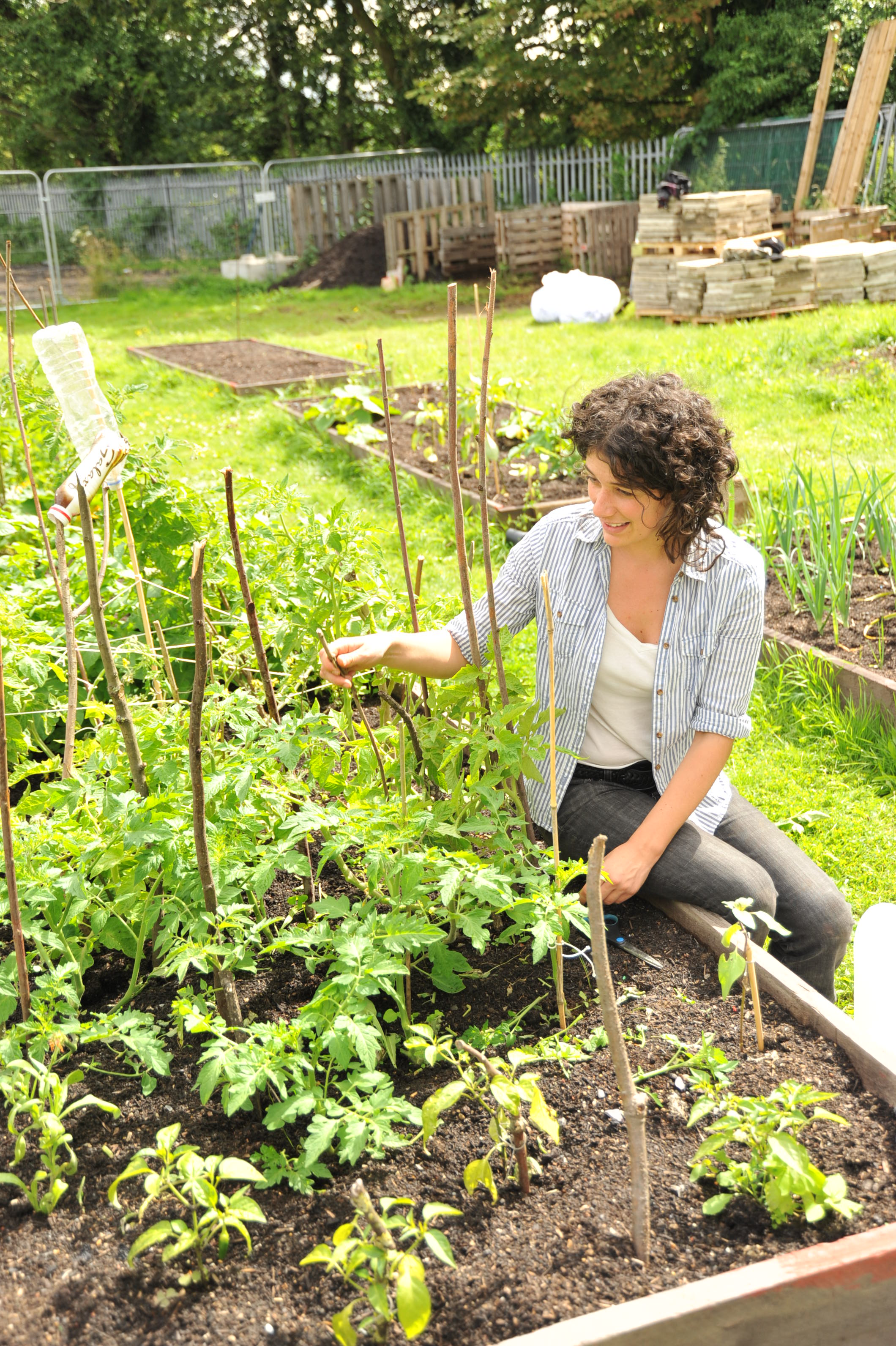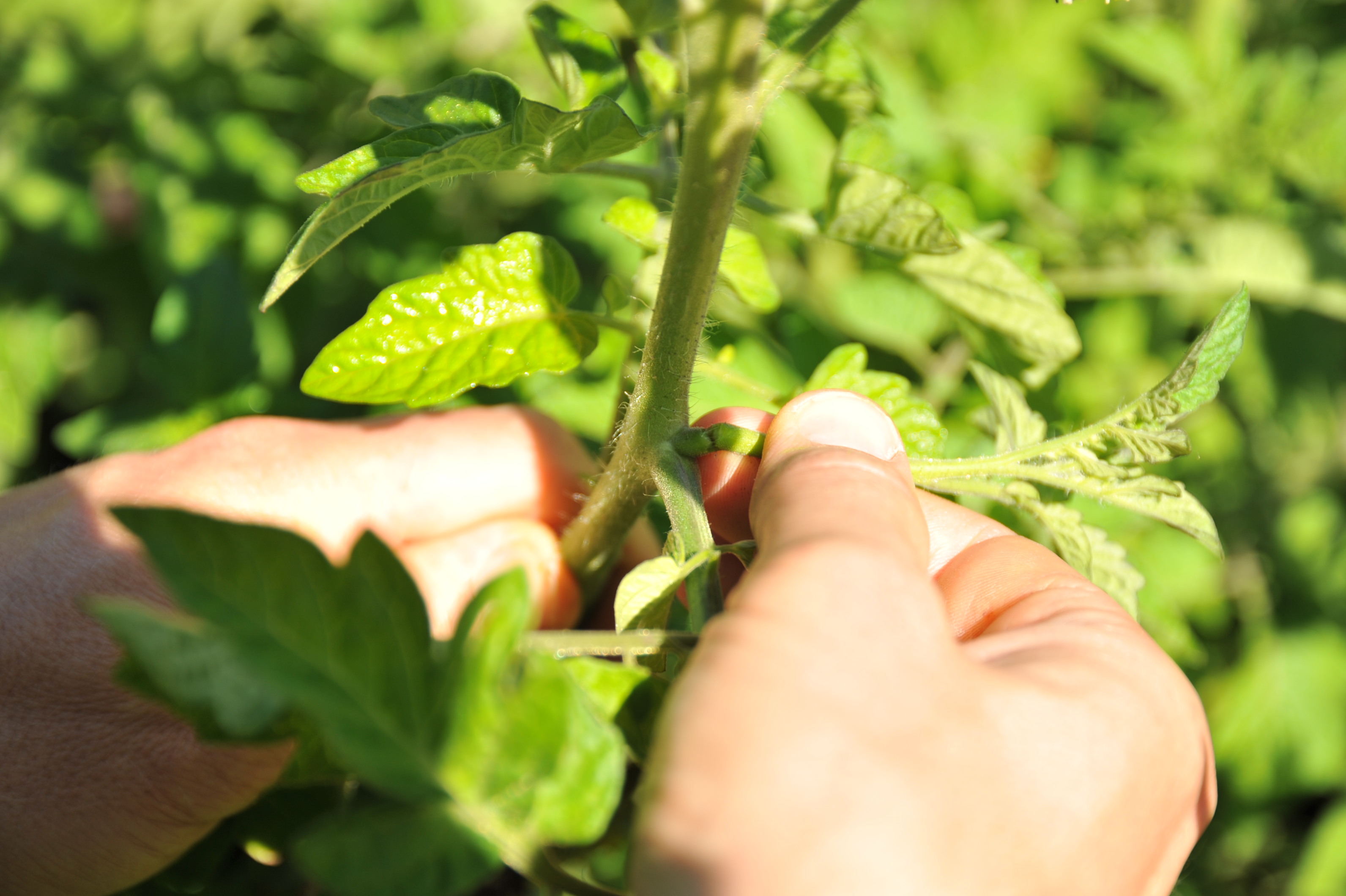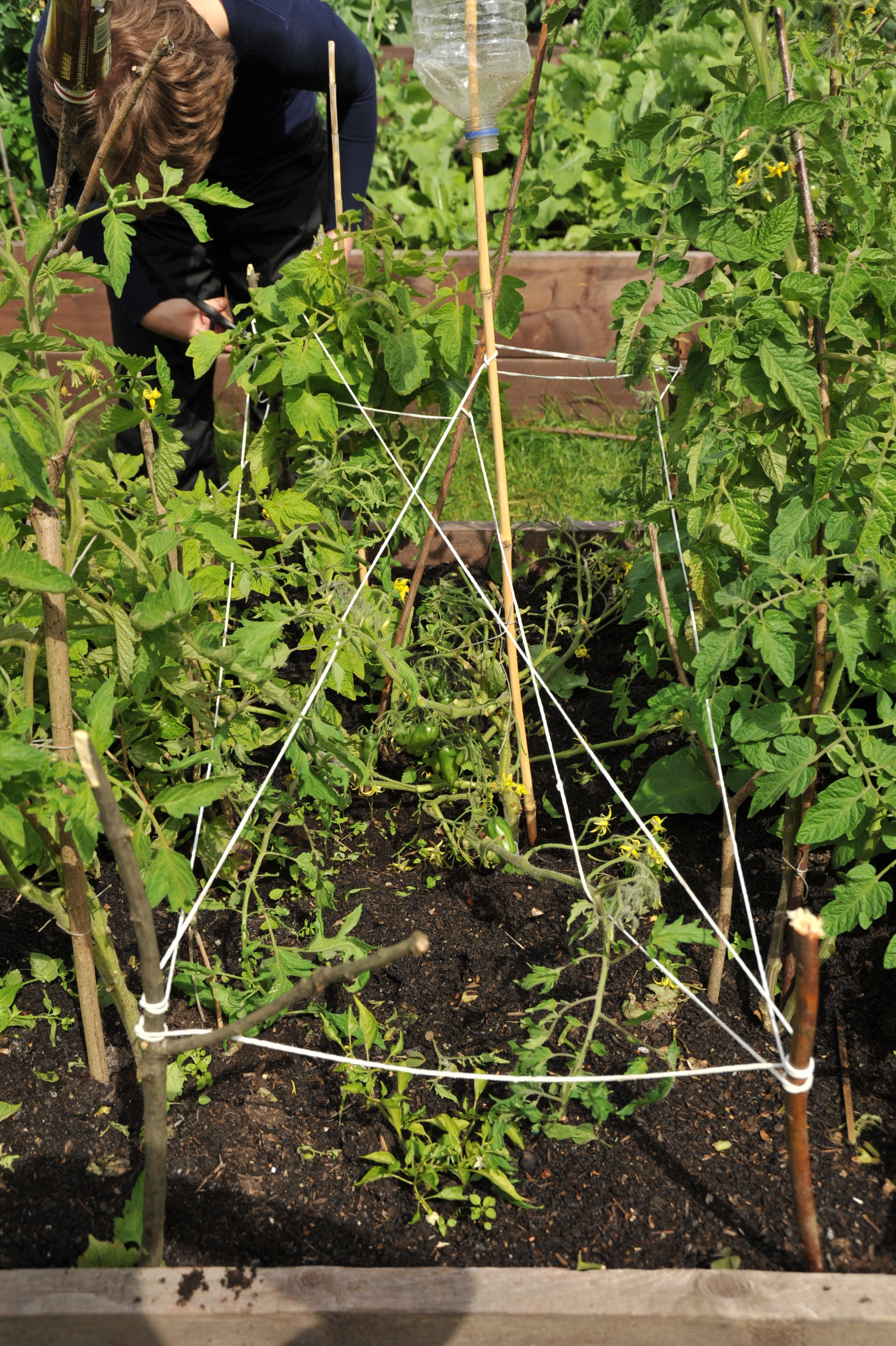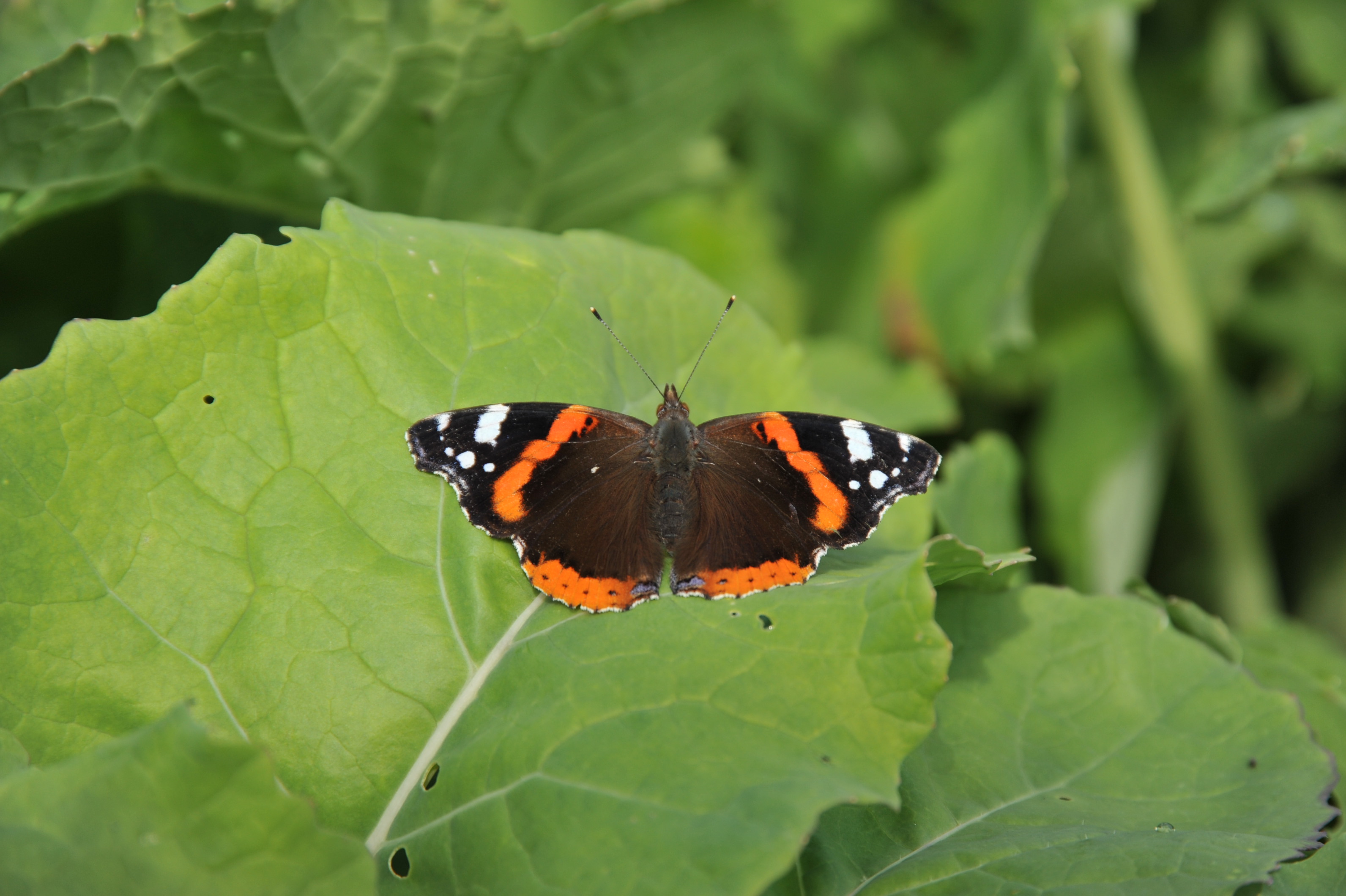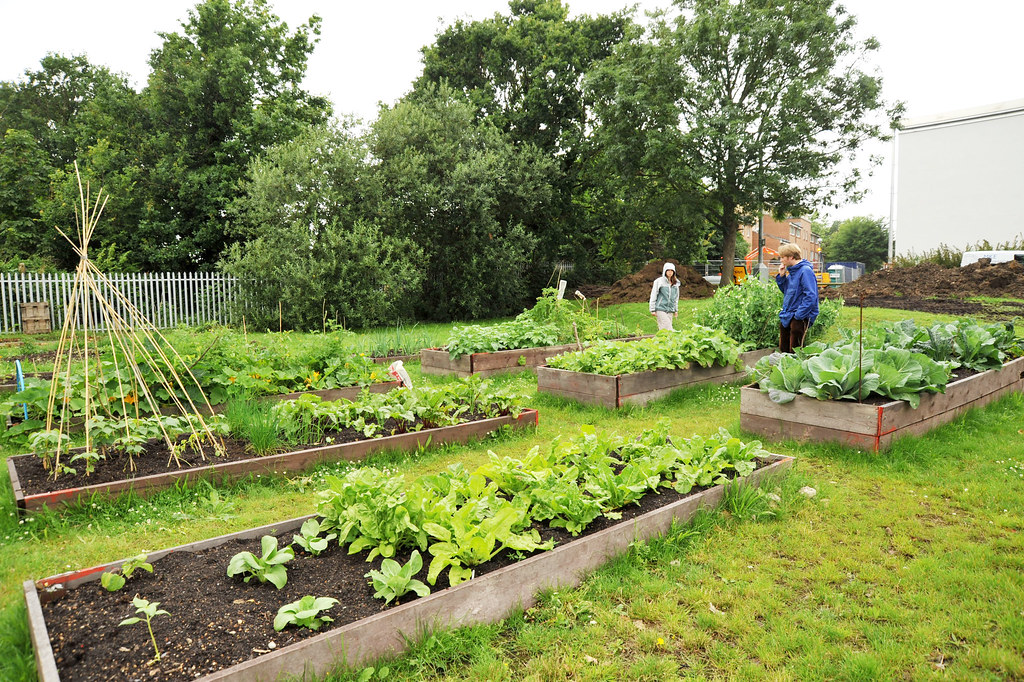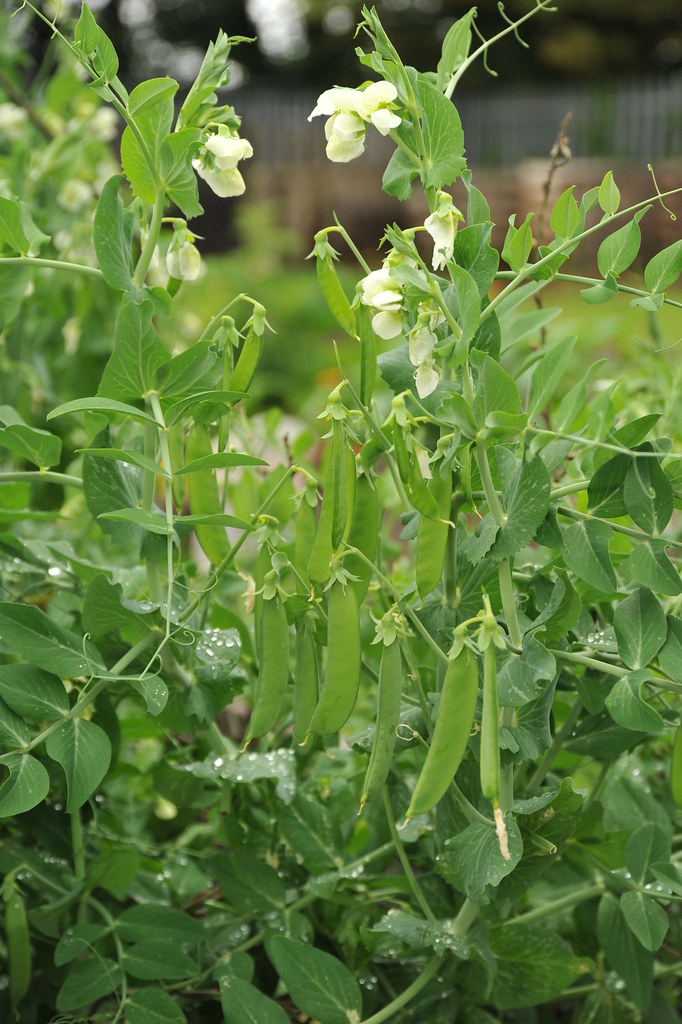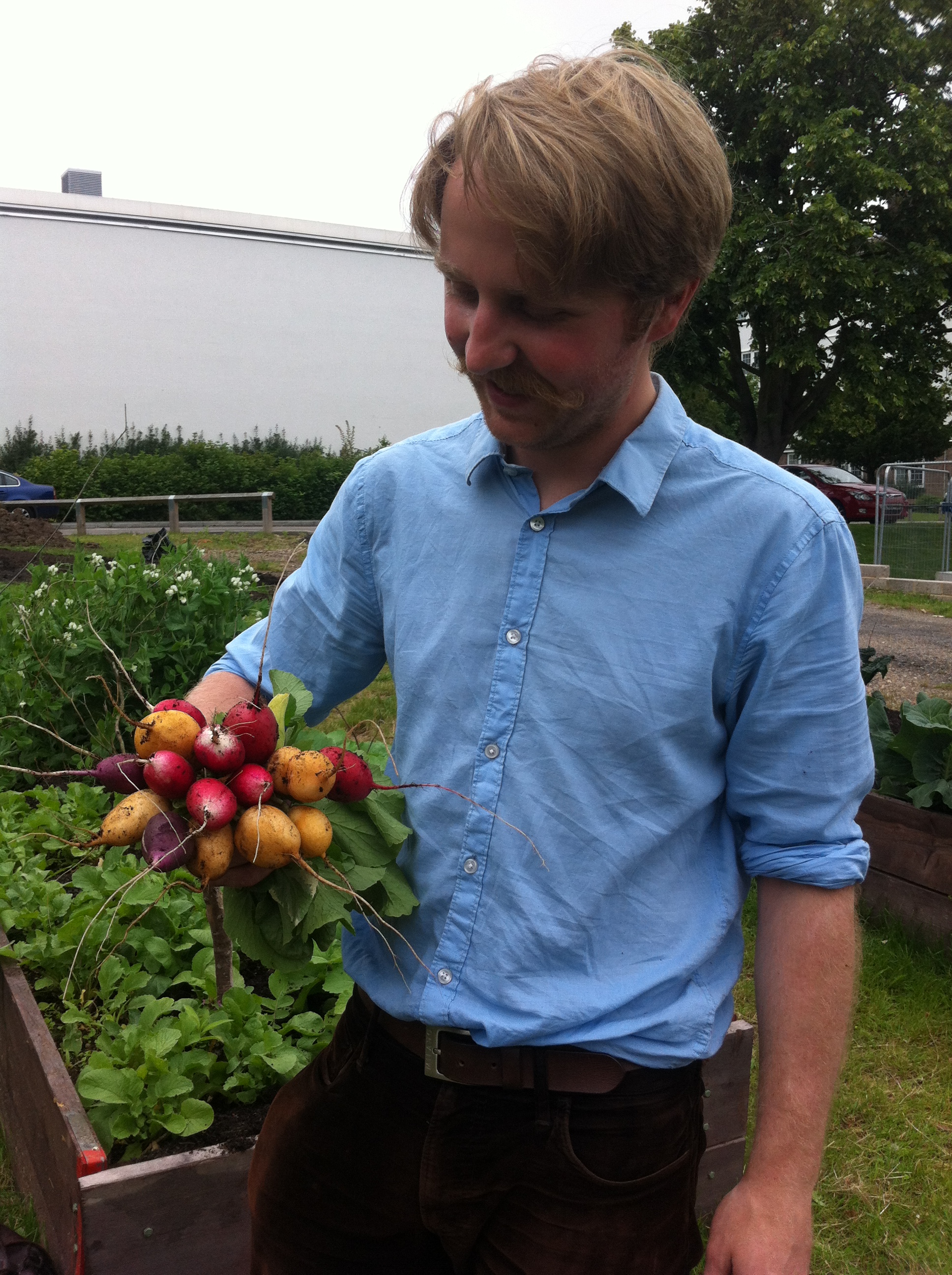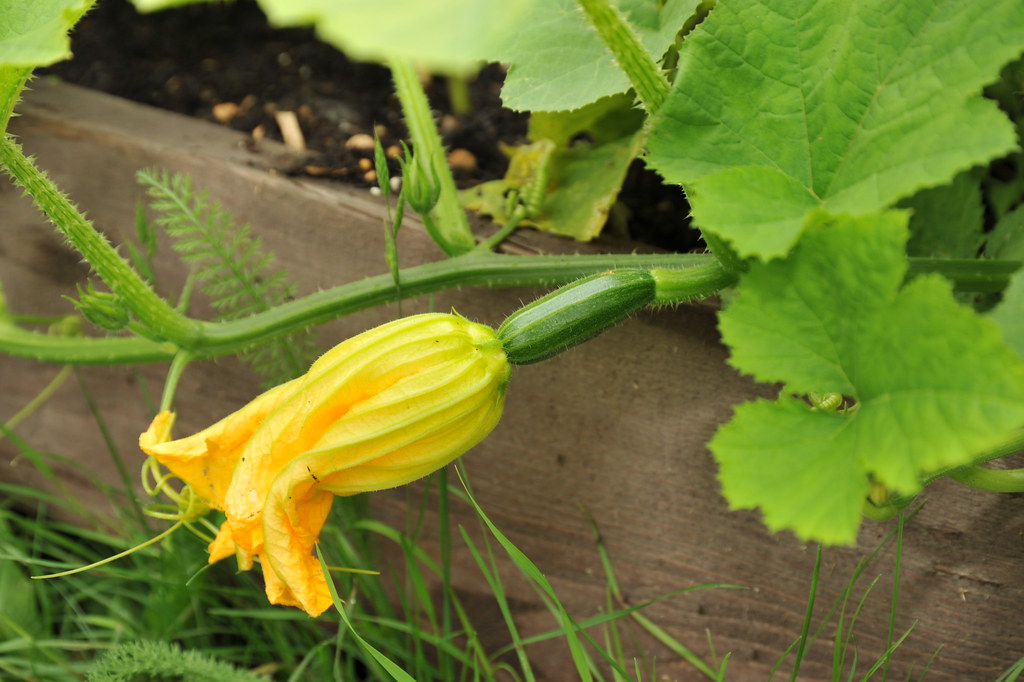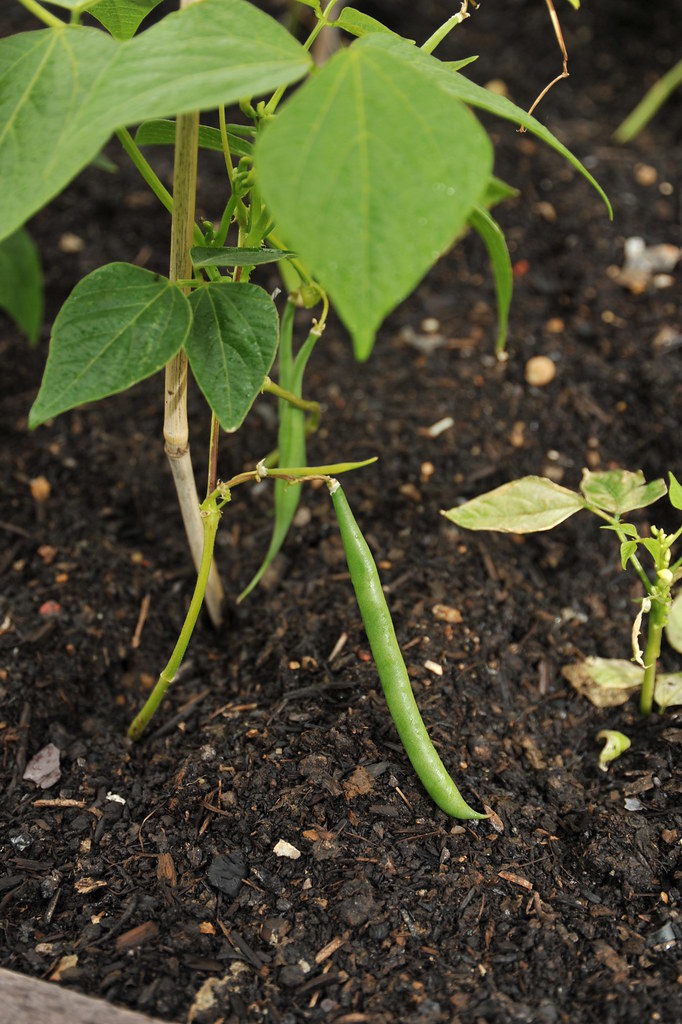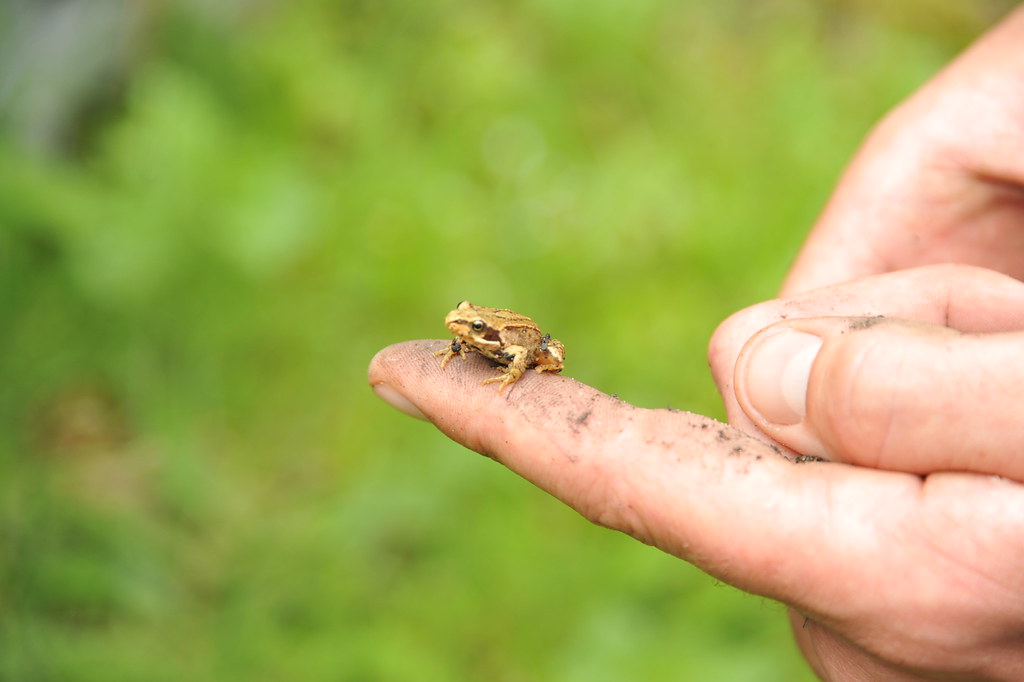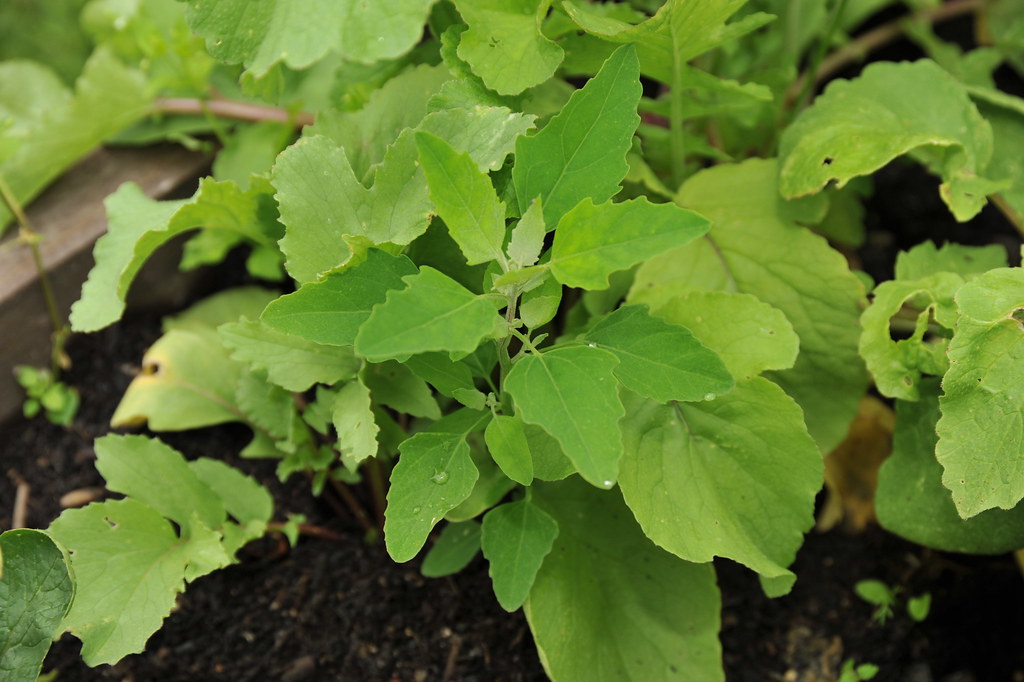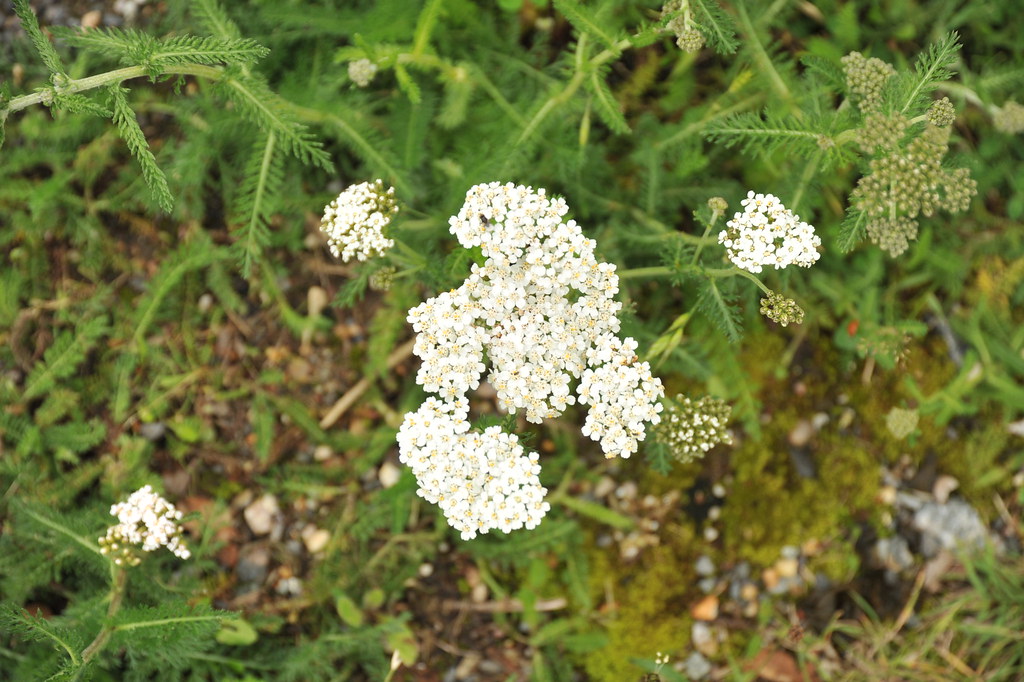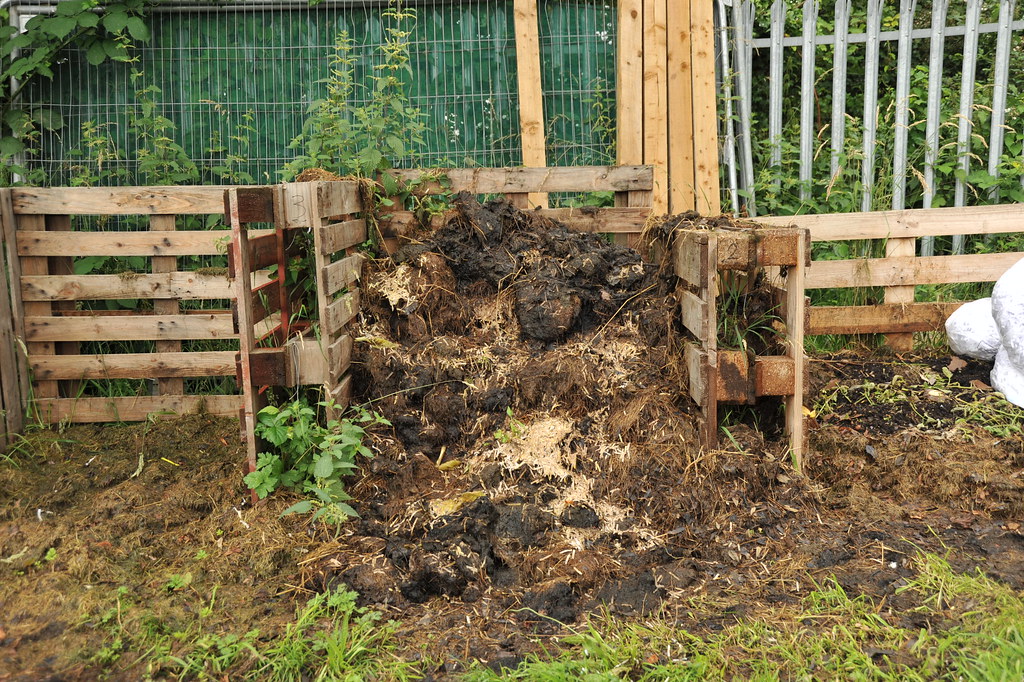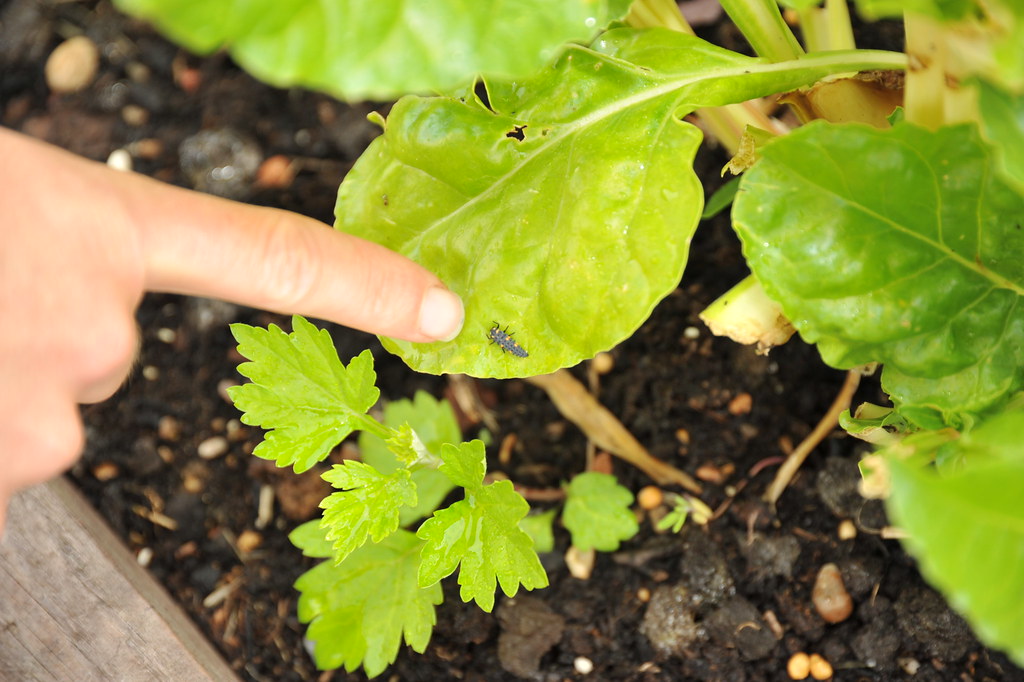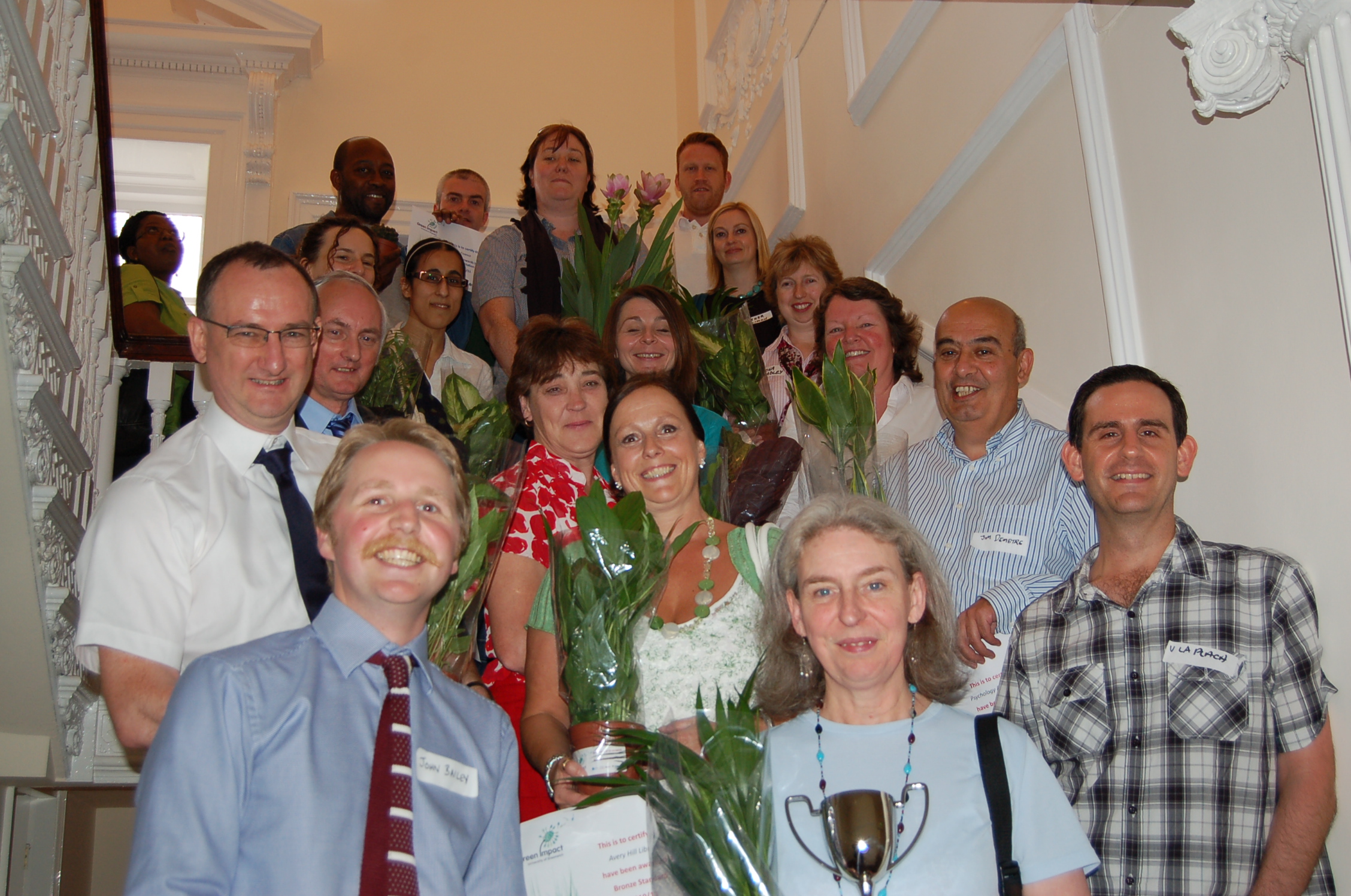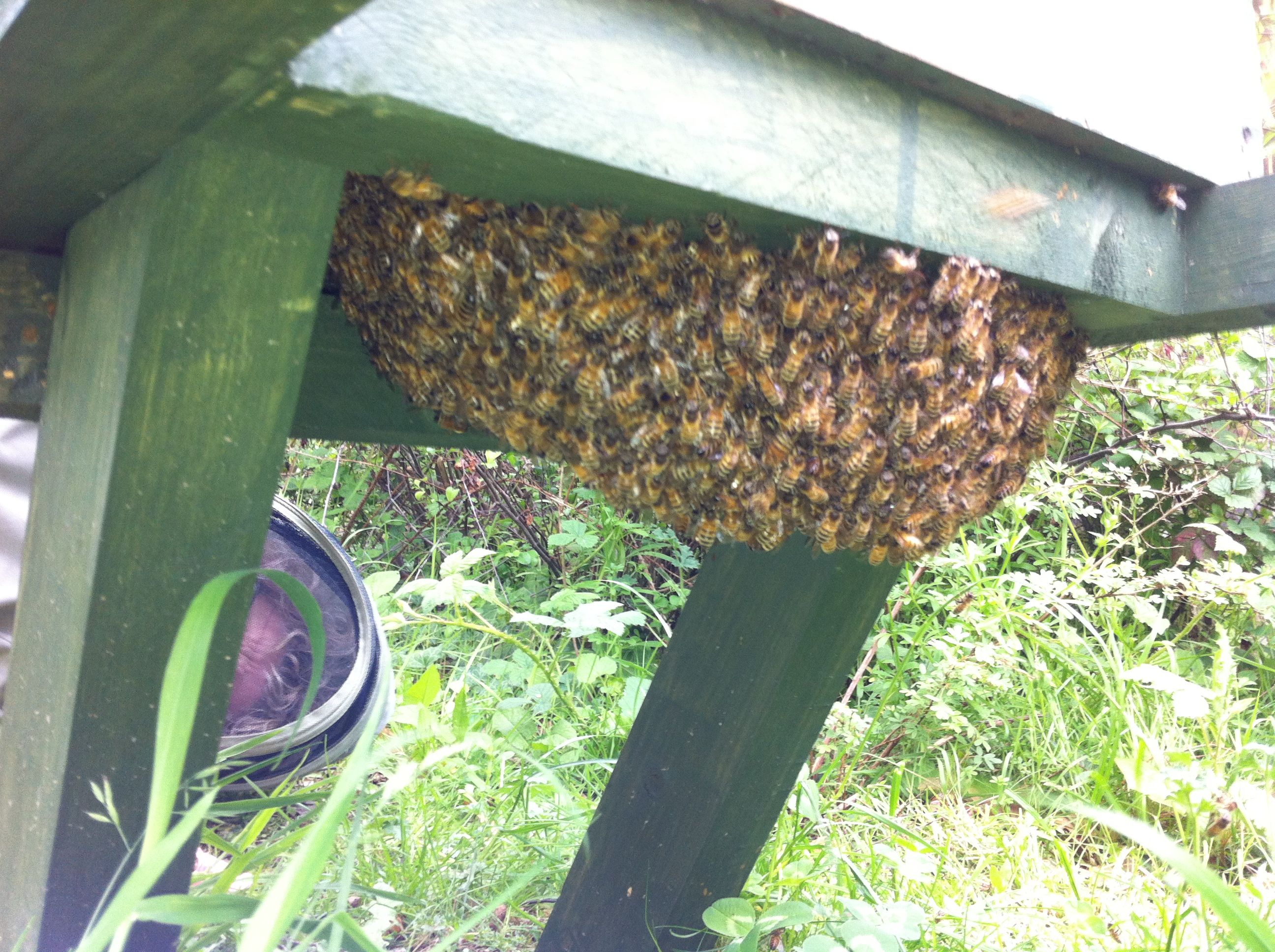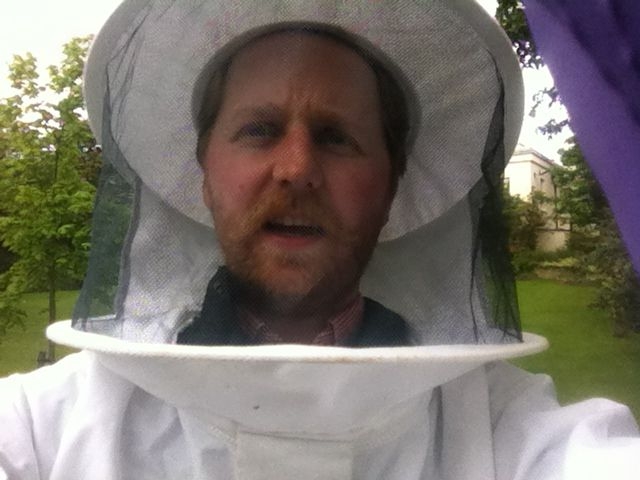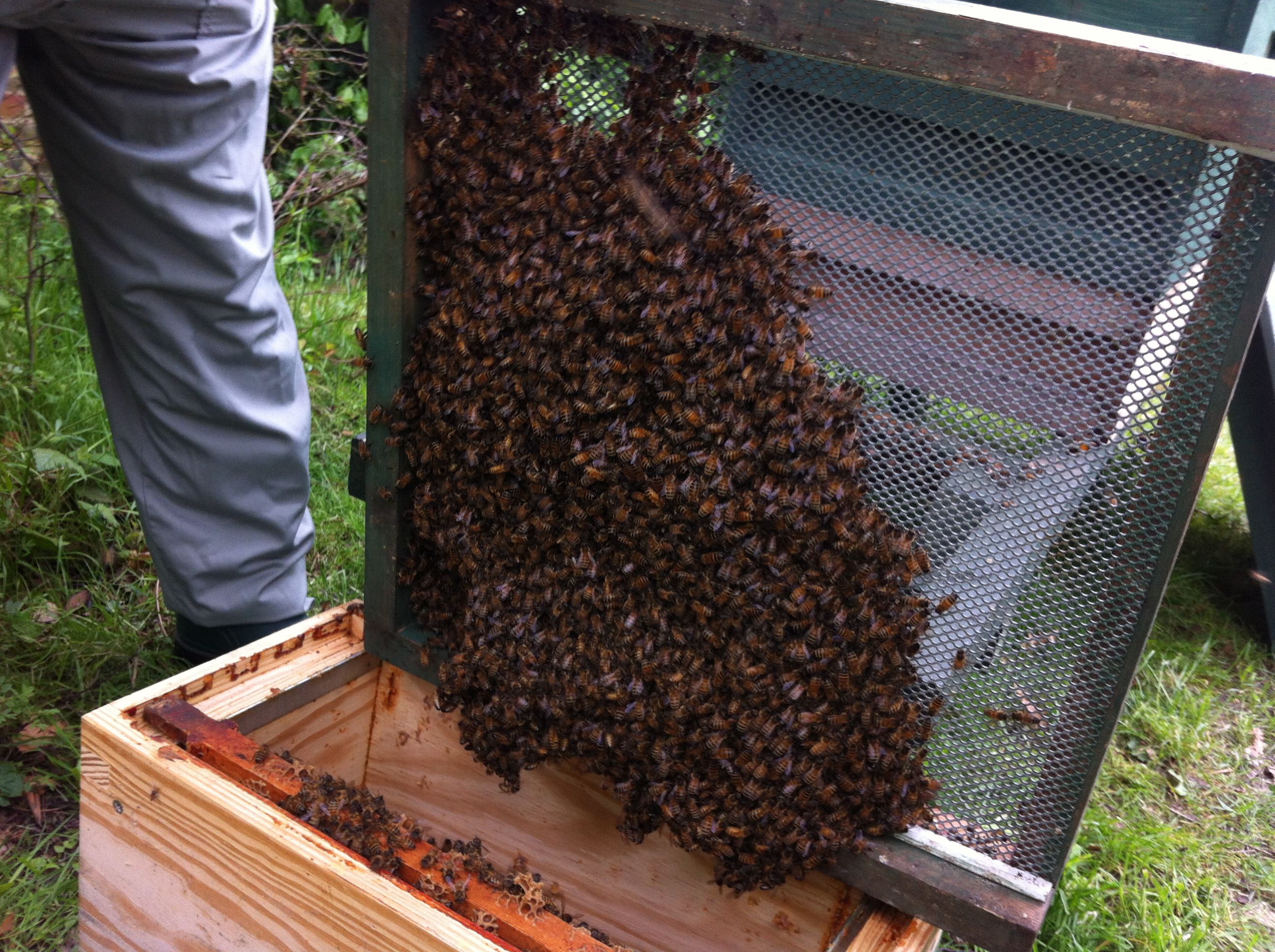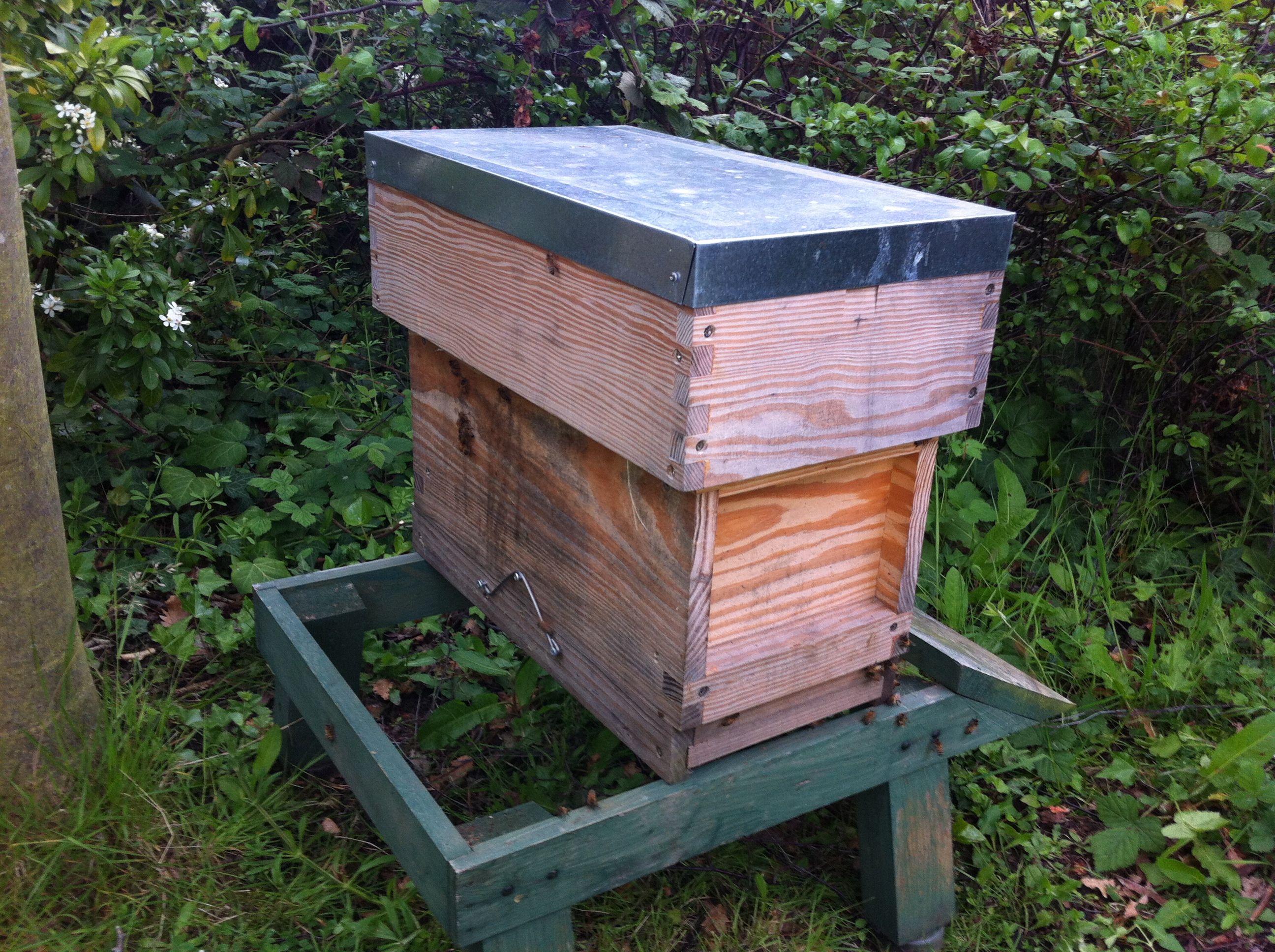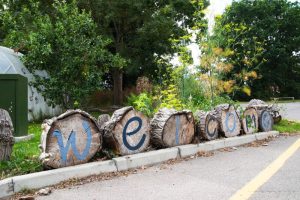This week we are given an update from the various bee hives we have across the University of Greenwich. Since getting hives at Southwood House on the Avery Hill Campus (looked after by John & Christine Hird) a couple of years ago we have added further hives at Avery Hill, managed by local beekeeper Colin Edwards, hives at Greenwich looked after by Camilla Goddard of Capital Bee and now the Natural Resources Institute (NRI) have installed some hives at Medway too. We here how some of our bees have been getting on this year, starting with the ones at Medway where Jeremy Cooper explains how their first season has gone:
‘After arriving as flat packs, the three bee hives were assembled and installed on the Medway Campus in June, which was later than ideal, but season started slowly and the colonies of bees arrived later than expected. The bees have been busy since then, operating from their hives situated between Hawke and Grenville buildings.
This month saw our first harvest of 37 jars of lovely clear honey, which were distributed to members of the beekeeping group and some NRI managers.
Since June, we have been learning as we go about bee husbandry. By a happy coincidence, a local bee expert was on the campus when we were making one of our first hive inspections and he (known locally as John the bee man) has been very helpful in training and advising the group of volunteers. All 20 group members have now had the chance to handle frames which are full of bees, and to learn how to tell the queen from workers and drones.
Several people in the group took photographs of bees on flowers, and some have been used on labels for our first harvest. This picture, taken by Mark Parnell’s wife Sue, is one of eight that featured on the labels this first season.
For the rest of the year there are several jobs to be done, including treating the hives against the deadly mite Varroa, that has been one of the factors to have reduced bee populations in recent years. Other factors as less straightforward, and if we can get the support, members of NRI may do some research in future years to find out more about how to safeguard these important pollinators. In the meantime we are marveling at the way the bees operate (and enjoying the honey!)’
John & Christine let us know how our original hives at Southwood House have fared this year, ‘We extracted [honey] at the end of July, it wasn’t a brilliant yield but better that 2011. As you may have read in the press the weather hasn’t been very kind to bees this year. After extraction it was time for putting the varroa treatment into practice, which takes four weeks. Varroa is a parasite we cant eradicate but hopefully can keep under control.
After the treatment was complete we then start to feed, we feed the bees as we need to make sure they have enough stores to overwinter. We feed a solution of white cane sugar mixed with warm water so it dissolves and the bees can then store it.
So now we are up to date, we have been down to see the bees and have hefted (lifted to feel the weight) the hives which seem fine for stores. Within the next few weeks we will put the mouse guards on the entrance and a protective cover round each hive to prevent woodpecker damage.’ In total we have received 60 jars of honey from the bees at Southwood house and still have a few leftover – get in contact with sustainability@greenwich.ac.uk if you fancying buying a jar.
Colin Edwards, another local beekeeper also keeps hives at the Avery Hill Campus, ‘The Avery hill bees, having had a rough start this season due to weather conditions, the spring crop of honey was zero. However, after introducing a few new queens Italian and Buckfast, and a few of my own, all the colonies have built up well, but the second crop was very low due to lack of nectar flow. All the bees are now feeding well and looking promising for the winter season spent on the meadow, so we are hopefully looking forward to a better honey crop next year!
Lastly I would just like to thank the staff of the Avery hill campus for all the help and support throughout the year.’
Camilla Goddard’s bees at the Greenwich Campus were removed on the request of LOCOG and they spent a few months on holiday in London Fields in Hackney and Covent Garden in central London. They are being moved back into the hives as we speak and will be looking forward to being back in Greenwich!







